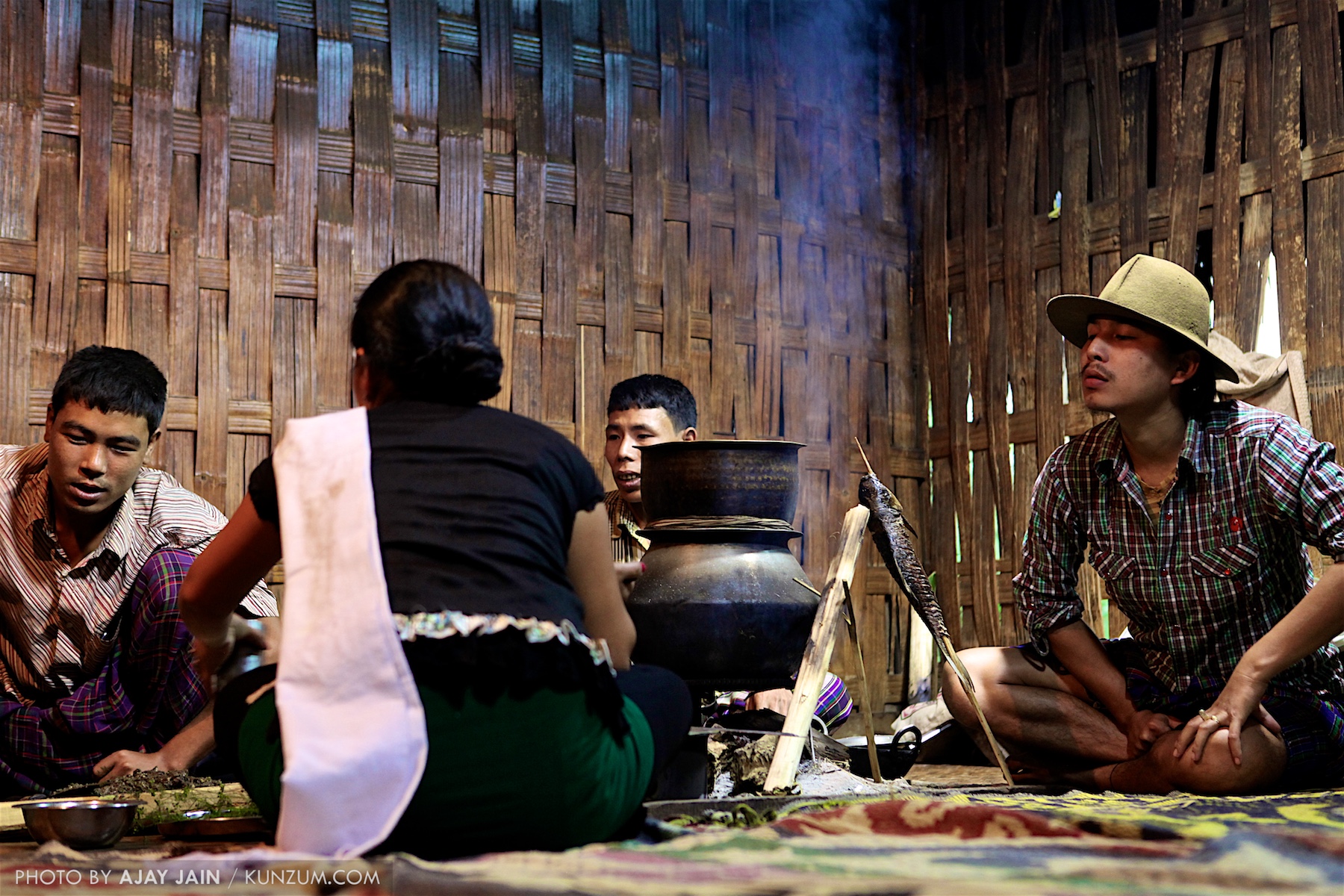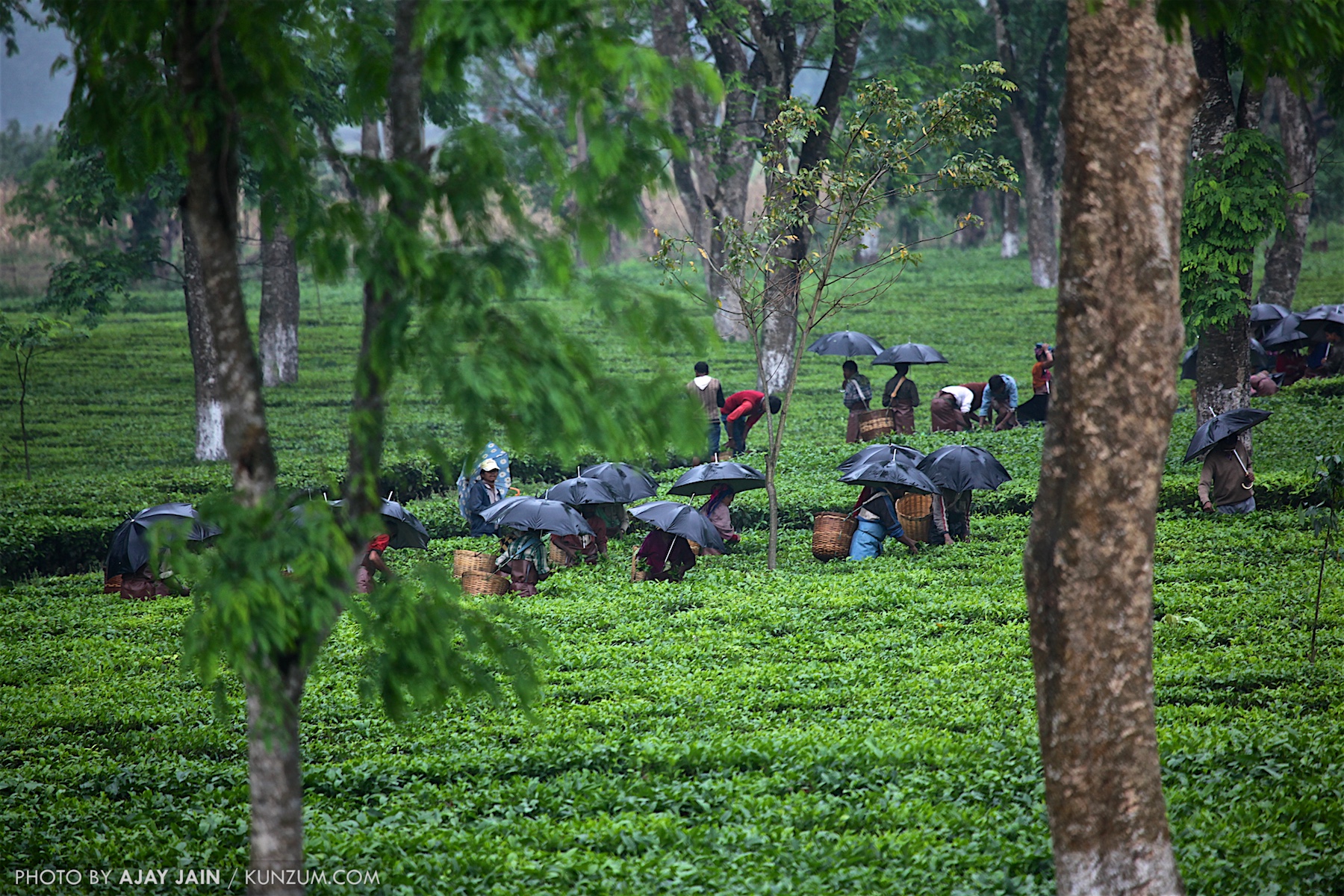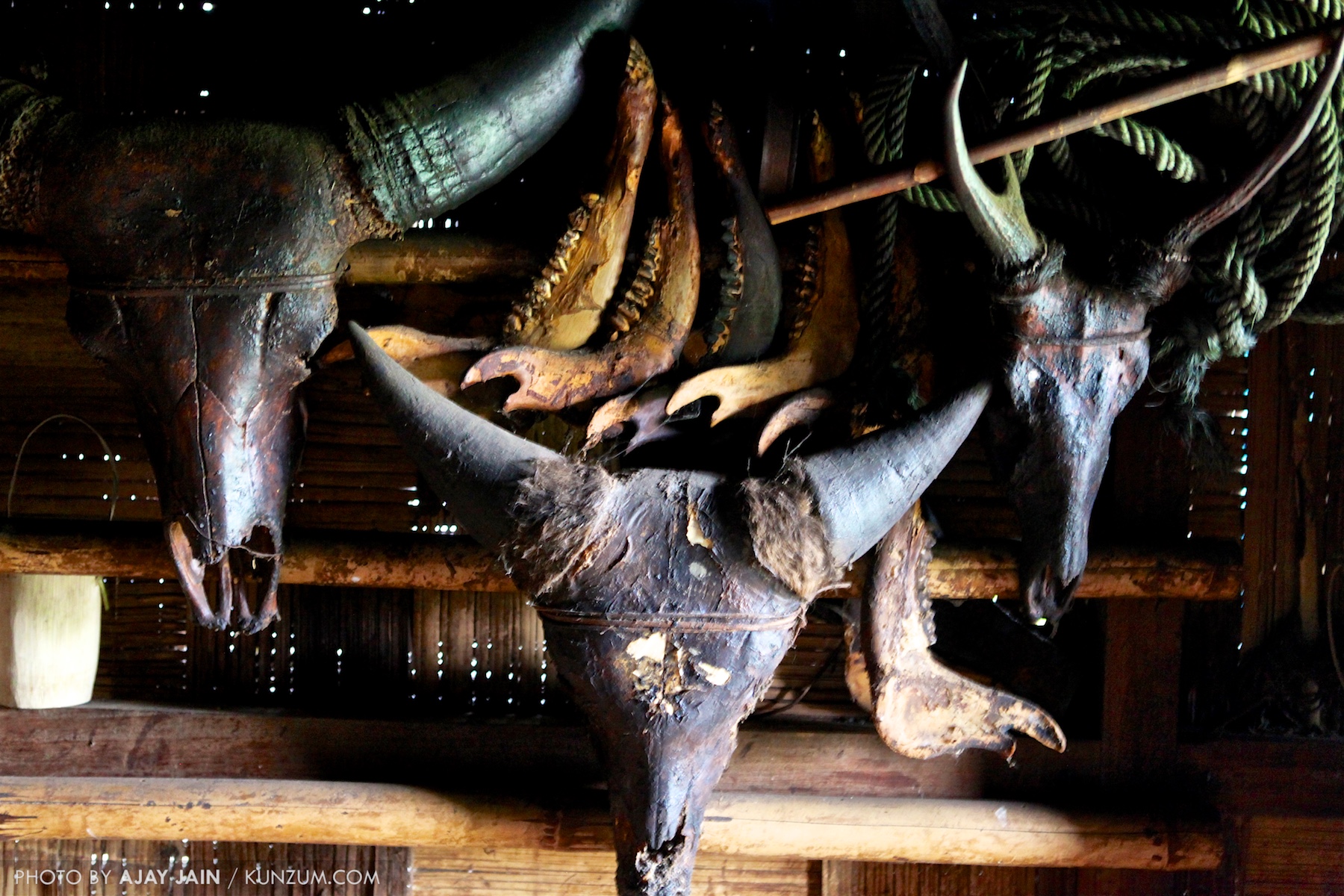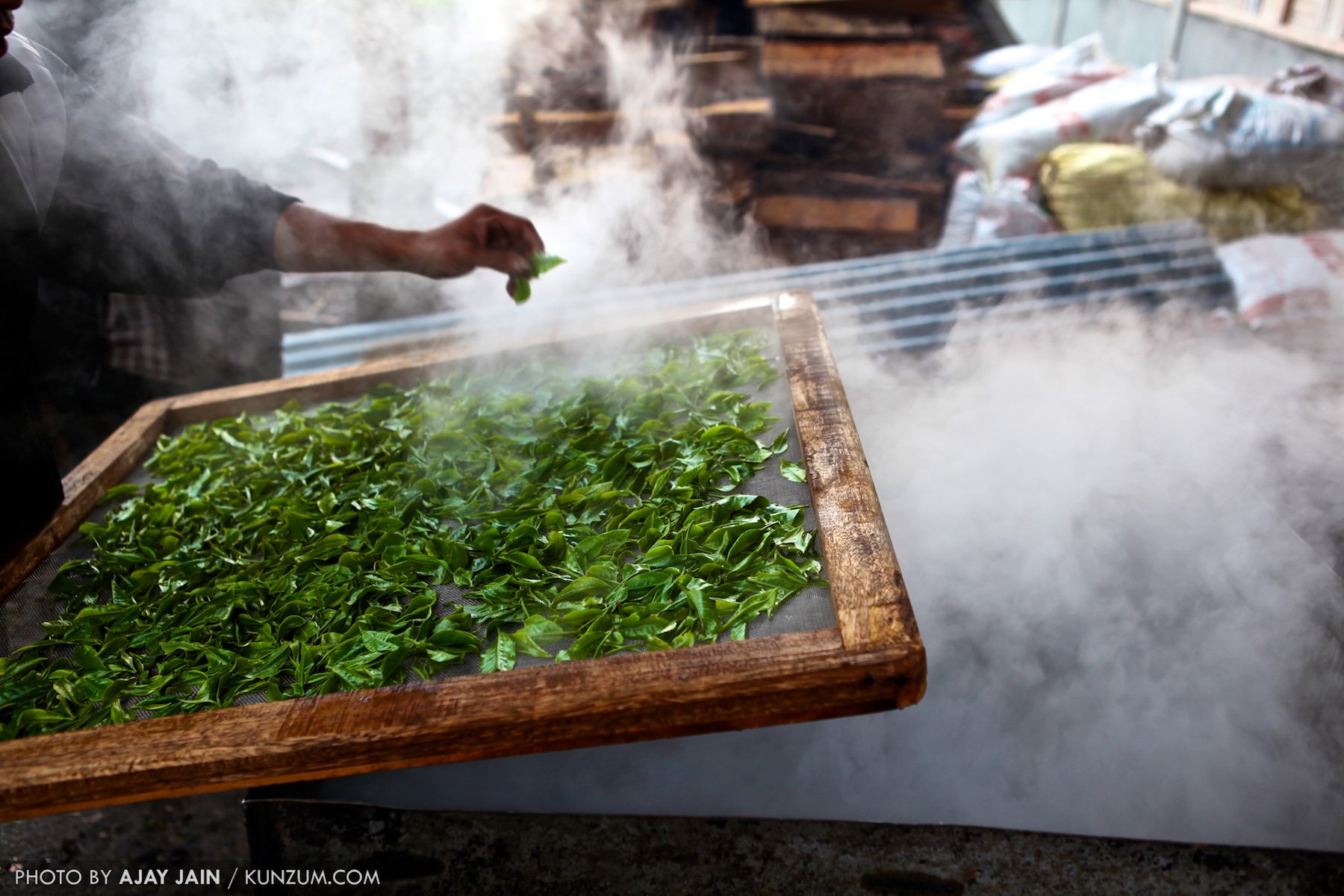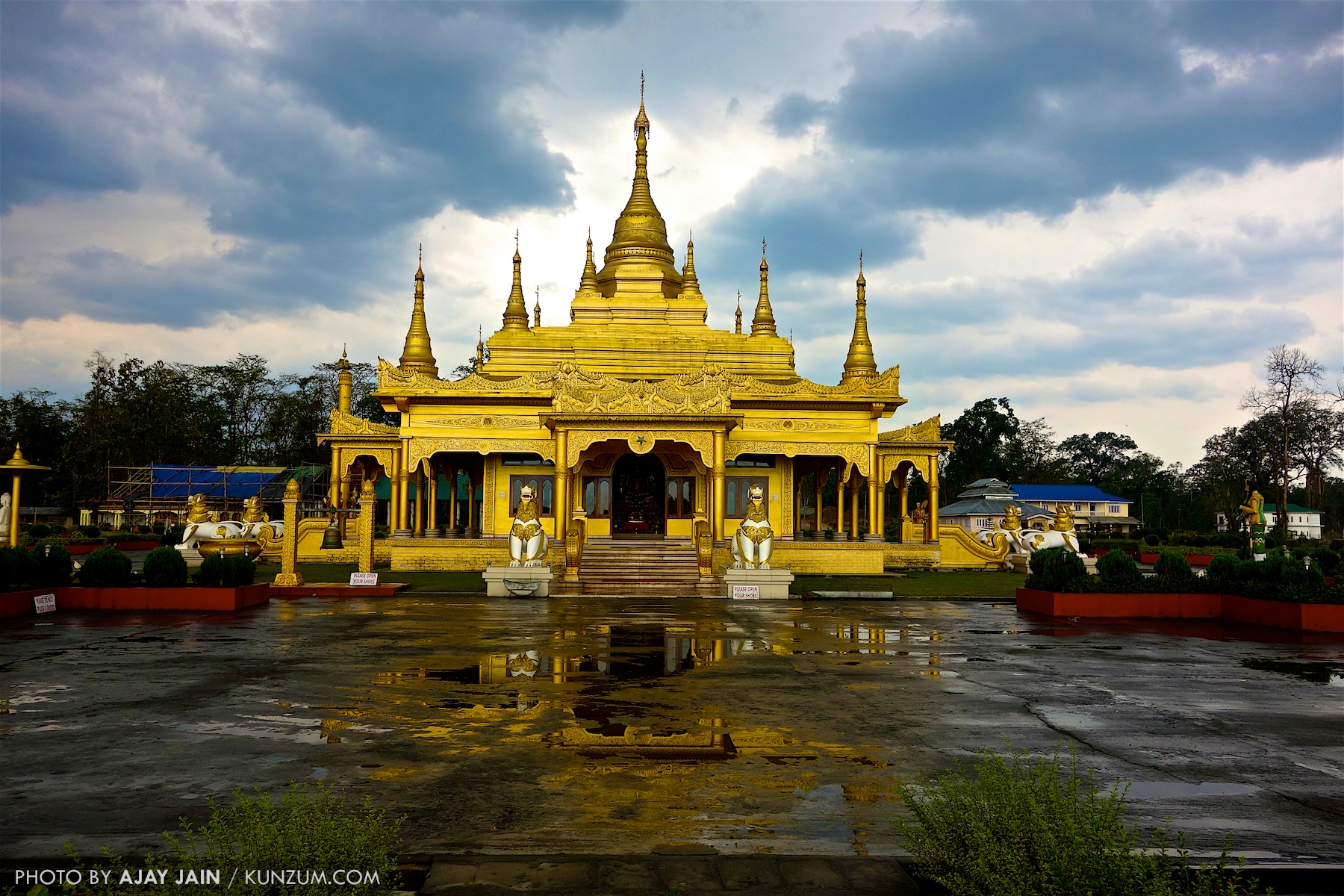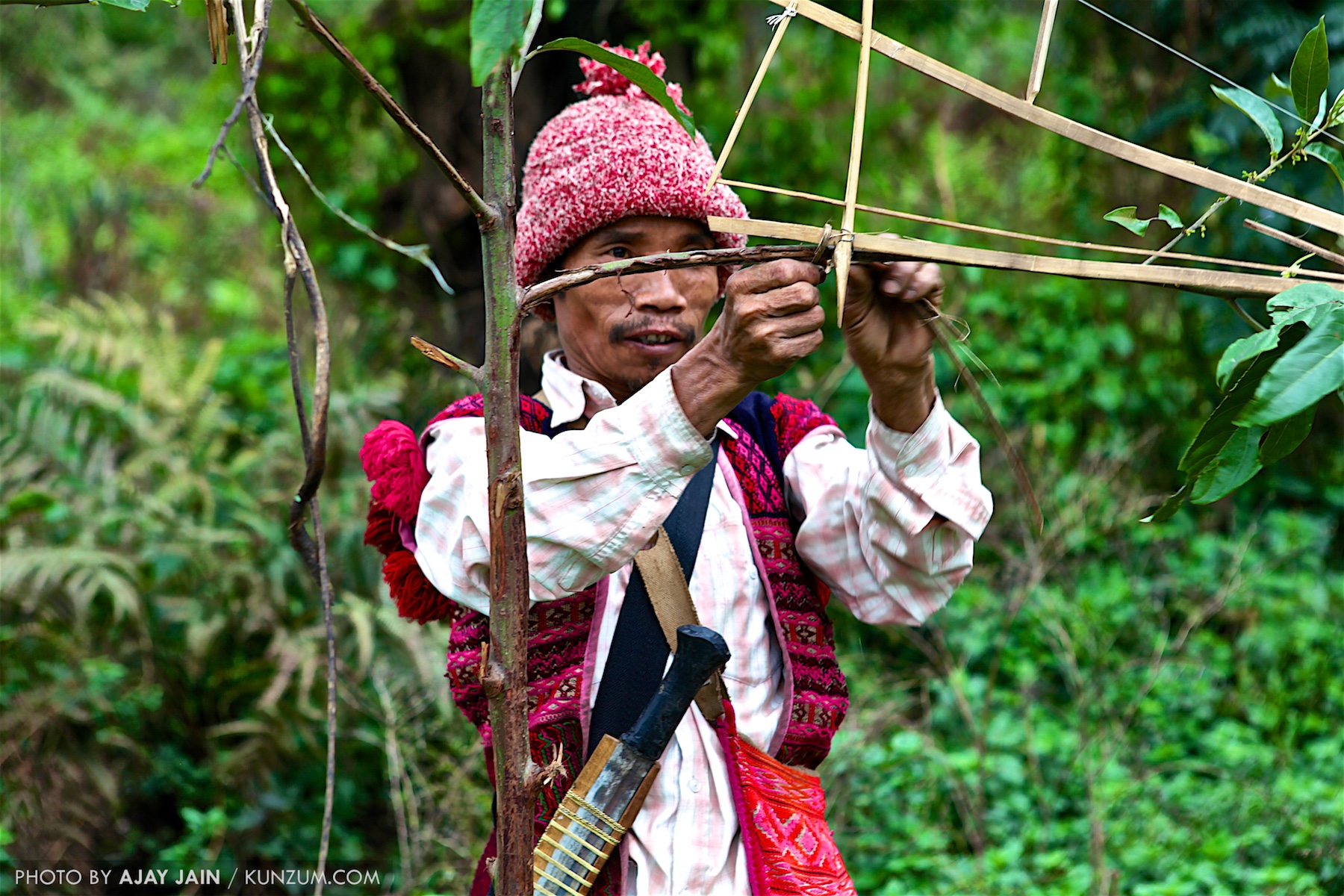
Why would you disfigure your women when they are born beautiful? So neighbouring tribes don’t abduct them. That’s the Apatani tribe for you in Arunachal Pradesh – a region in the north-east of India bordering China. And one of the few must-visit places not overrun by tourism yet.
I drove from state capital Itanagar to Kibithu – the latter being the easternmost motorable point of India where you have to take a U-turn. Going any further would earn you the ire of Chinese soldiers with fidgety fingers playing with their triggers. As long as you follow these road signs, you will be in paradise. You will meet tribes whose lifestyles and culture might vanish in a matter of years. The drive will take you through forests and over river beds, there will be an adventure awaiting at every turn and all through you will be surrounded by a landscape that would seem like heaven. And don’t be surprised if you get marriage proposals on the way.
The Road to Kibithu
The trip may start in Itanagar but the town itself holds little attraction – the journey truly starts when you take the road to Ziro. A misty, winding road takes you to what is truly a wonder of a destination, inaccessible for those unwilling to drive for at least two days from the nearest airport.
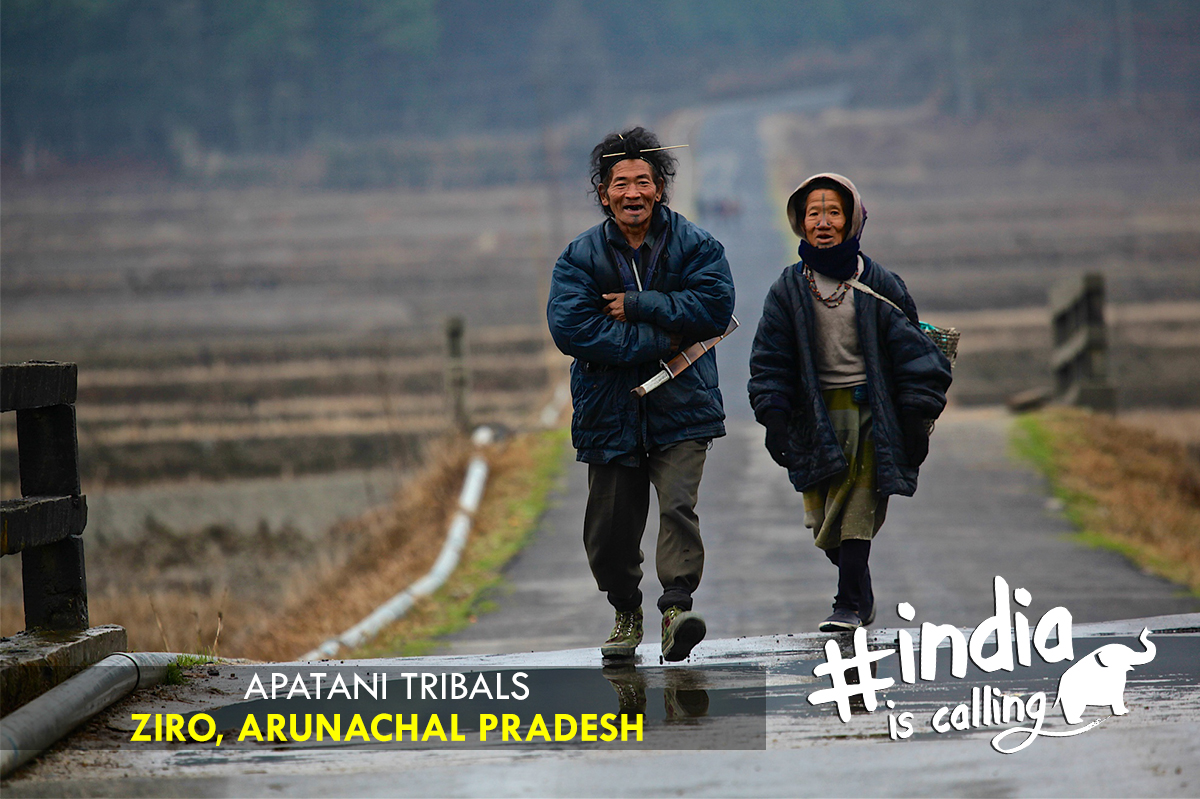
ZIRO: MEETING THE APATANIS
Home to the Apatani tribe, the valley in literally a breath of fresh air. A flat terrain with rice fields, fishing pools and traditional homes, it is ringed by hills with a halo of mist and clouds to make for a perfect picture. People are busy doing something or nothing, with no sense of urgency – when you have arrived in Nirvana land, where is the rush to go anywhere else?
How were the women ‘defaced’ to protect their lives and honour? By sporting big, round black nose plugs and earrings, and by tattooing their faces. Men have tattoos too, and tie their hair in a knot but not to look ‘ugly’. Such portraits will not be there for long to see – it is only the older generation who have such adornments.
It’s a society in transit. The younger lot wear modern clothing, go to salons, and can be found on Facebook. Ziro has also emerged as hubs for high standard schools, attracting teachers from across the country, enabling a pursuit of non-agrarian professions for locals. But an Arunachali’s traditional bamboo hut continues to be his or her castle. Most stay in their ancestral homes, even when they can afford better; you can see cars parked outside though. An old woman, nearly blind, in Hong village allowed me have a look around her house. It had a central fire for cooking and warmth, and the family sleeps around this. There was one additional bedroom, with the toilets on the outside. The hut was raised on bamboo stilts, and I could see pigs living below. These pigs are important food, and they help clean the toilets by eating what people leave behind. Ugh! The walls of an outer room carried a display of heads and horns of Mithun cows sacrificed by the family over generations; their number is a matter of pride for them and indication of their affluence. The lady did ask my guide why I was taking so many pictures.

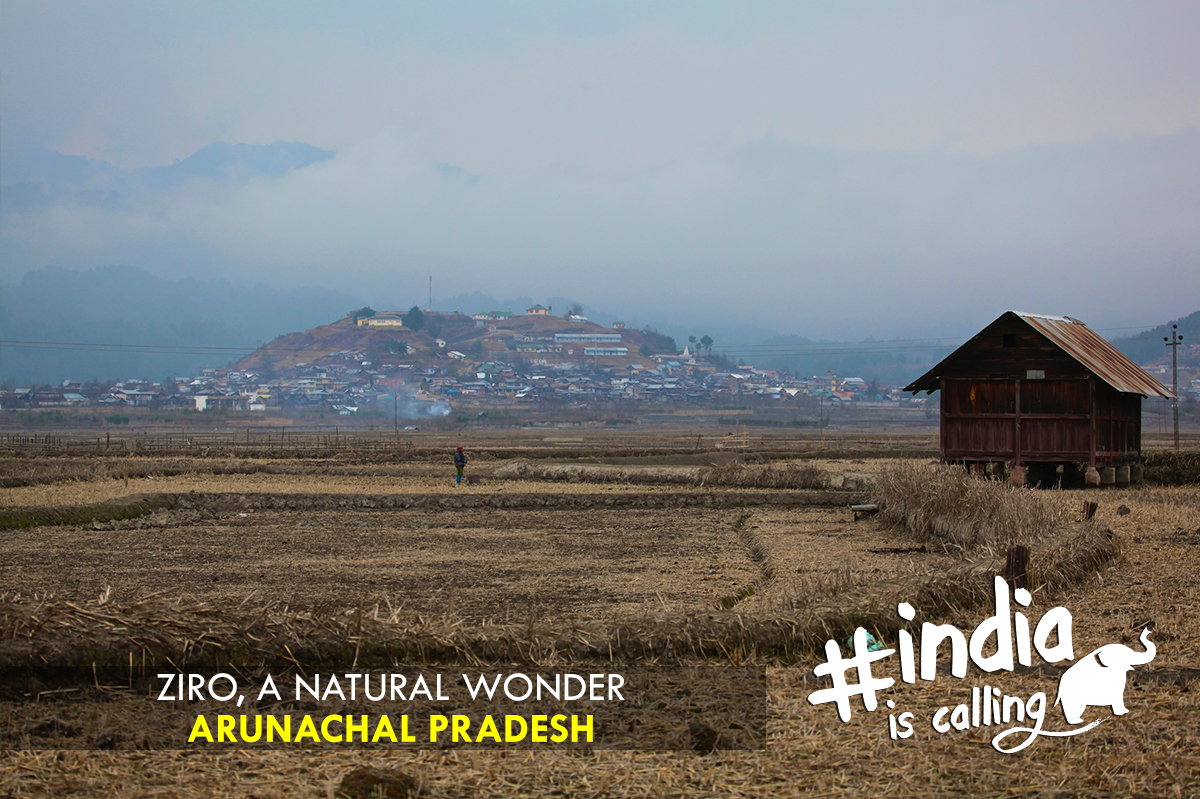
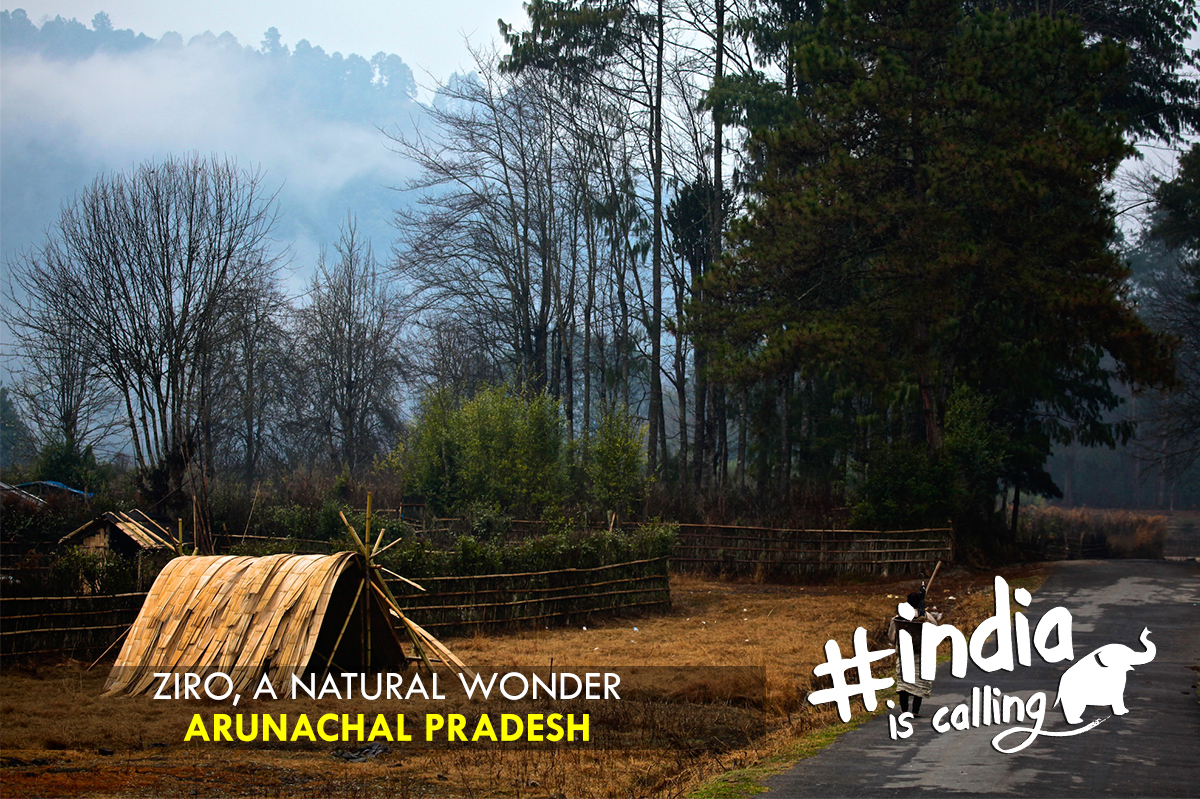
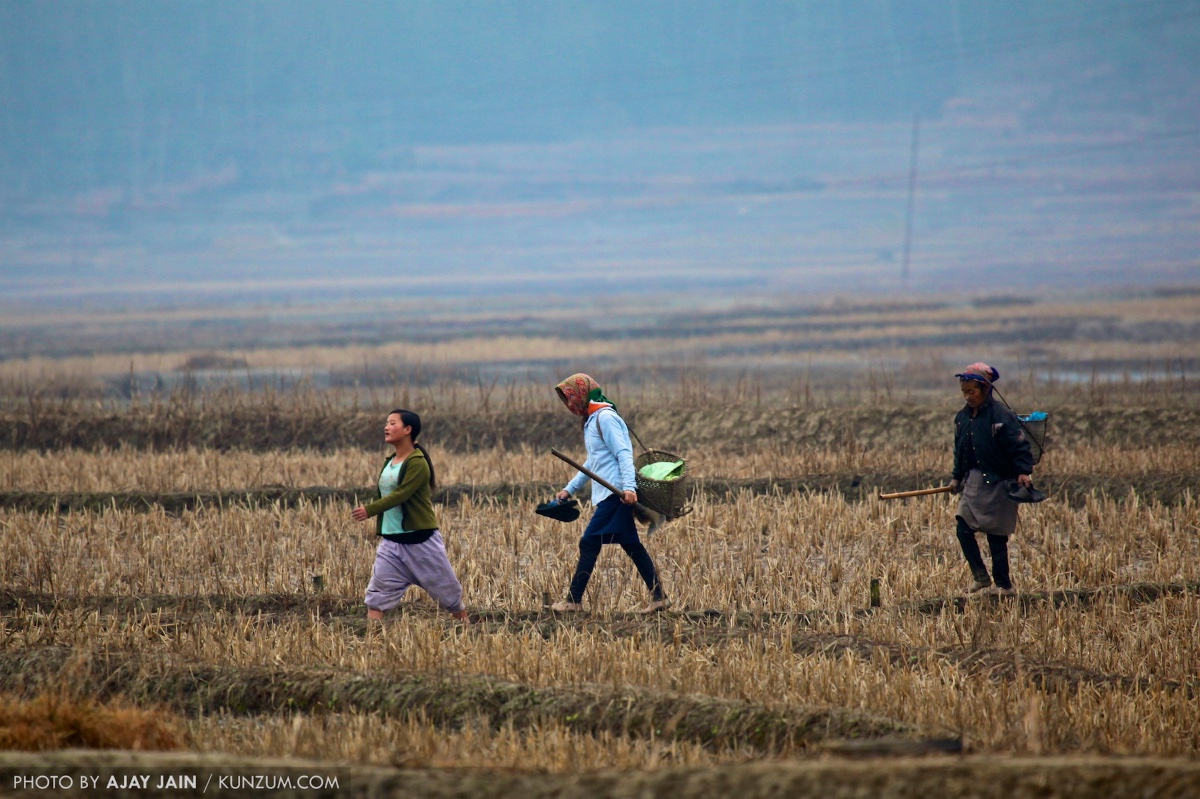

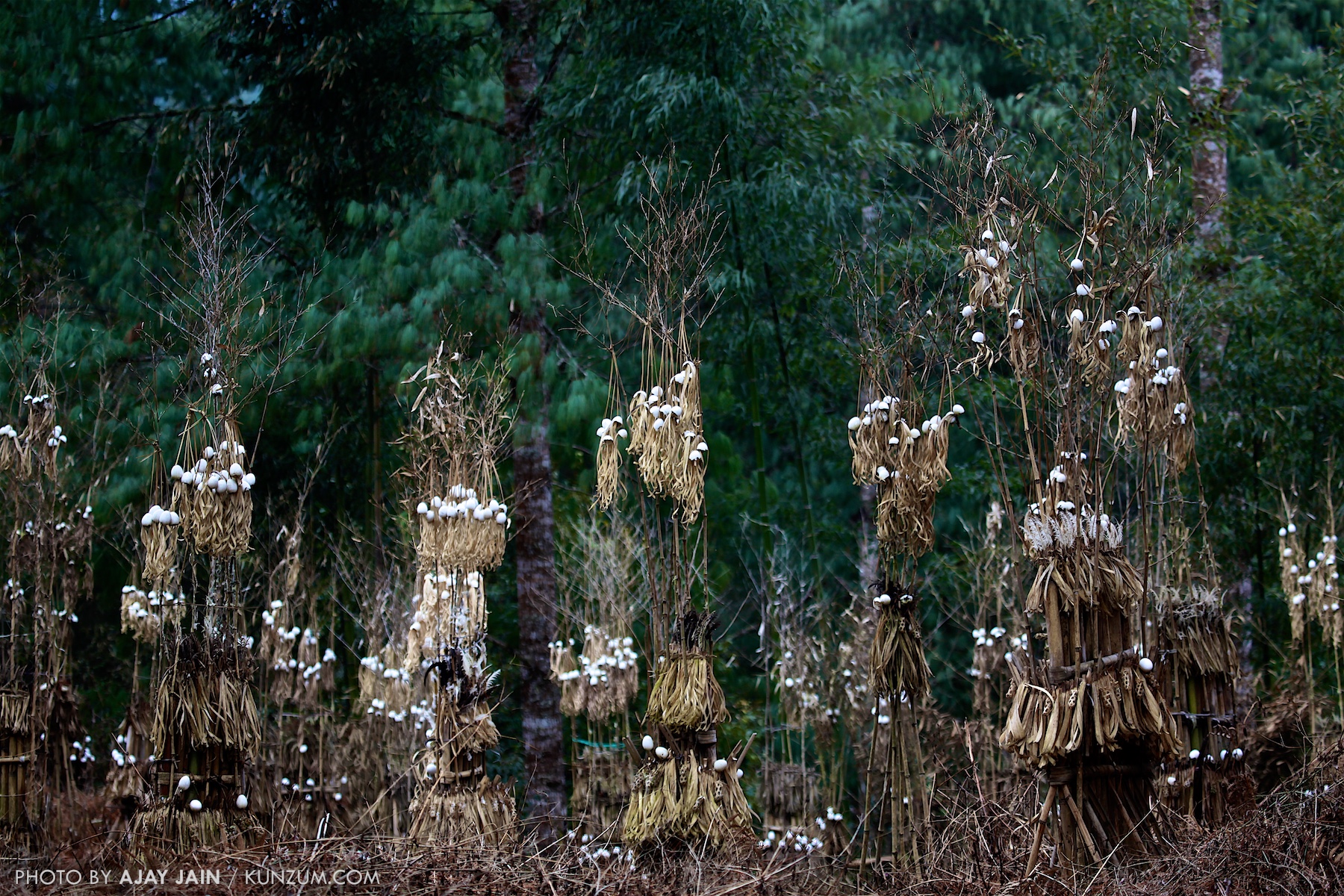
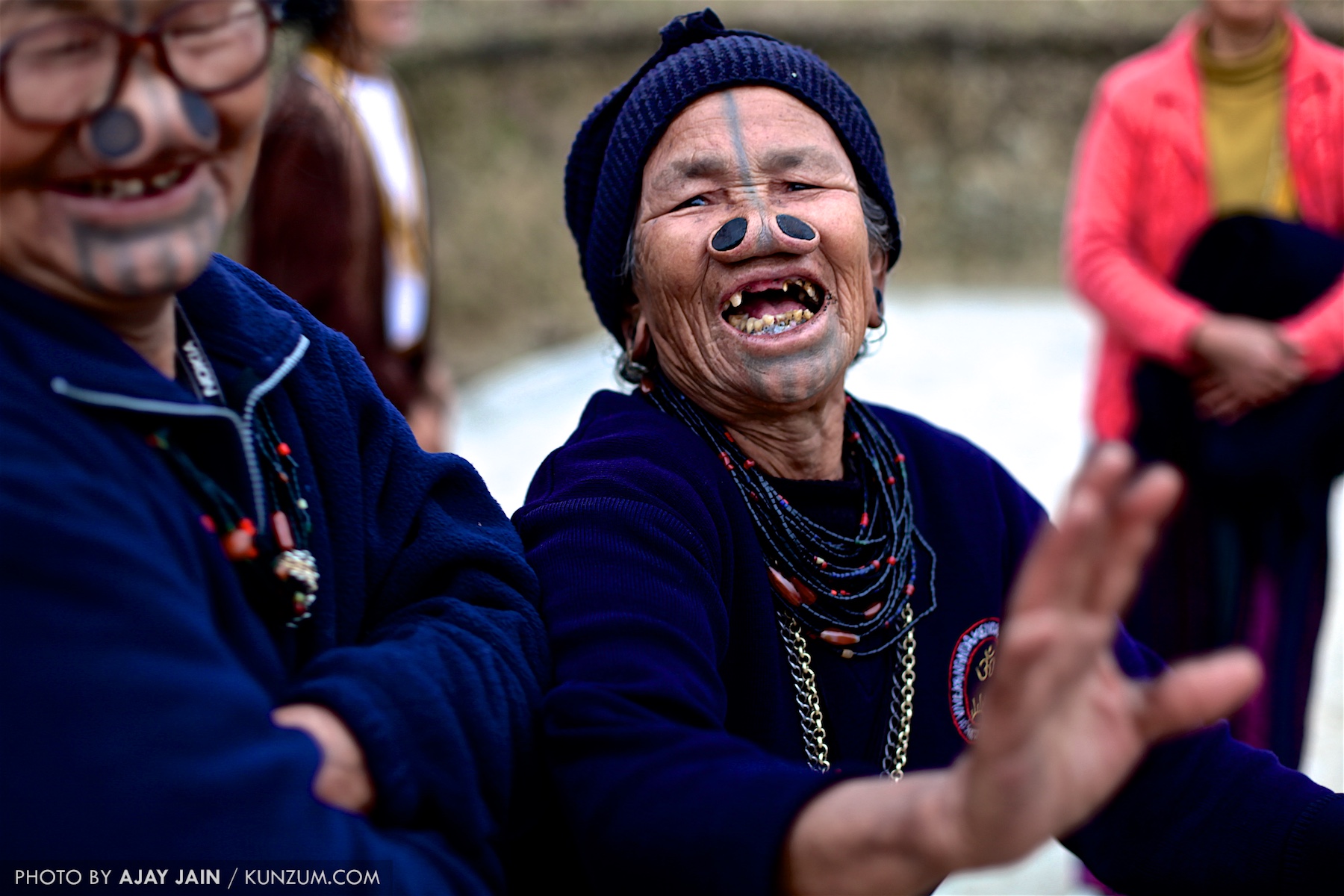
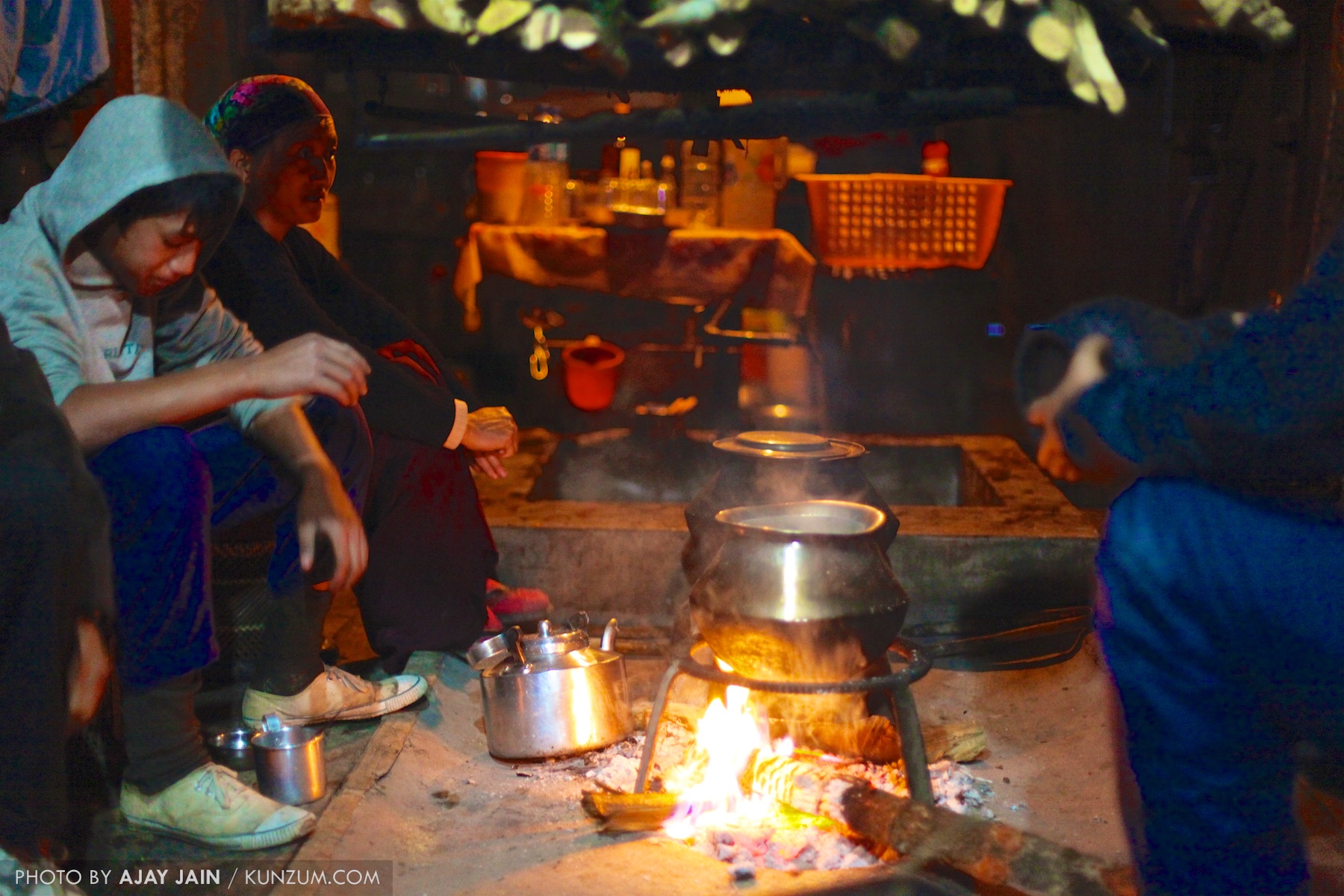
BOASIMLA: CELEBRATING WITH THE NYISHIS – AND MARRYING ONE OF THEM
“I want to marry you,” called out Annie.
There I was, standing in Boasimla shooting celebrations of ‘Nyokum Yullo,’ the annual festival of the Nyishi tribe marking the advent of their New Year. It is a time to pray for a good harvest and communal harmony. Hundreds had volunteered to sing their traditional songs and perform dances like ‘Rikham Pada,’ ‘Buya’ and ‘Ropi’ in their ethic attire. Annie was wearing a red and white dress, silver armlets, a belt with mini cymbals and thick, multi-stringed necklaces of red and blue beads. Everyone was happy, and it was an ideal mood for Annie to pop the question. Flattered, I could only grin in reply. She probably could not care much whether she was wife, or one of the wives. Nyishis have been a polygamous society, even if such practices are now limited mostly to village headmen, politicians and the rich.
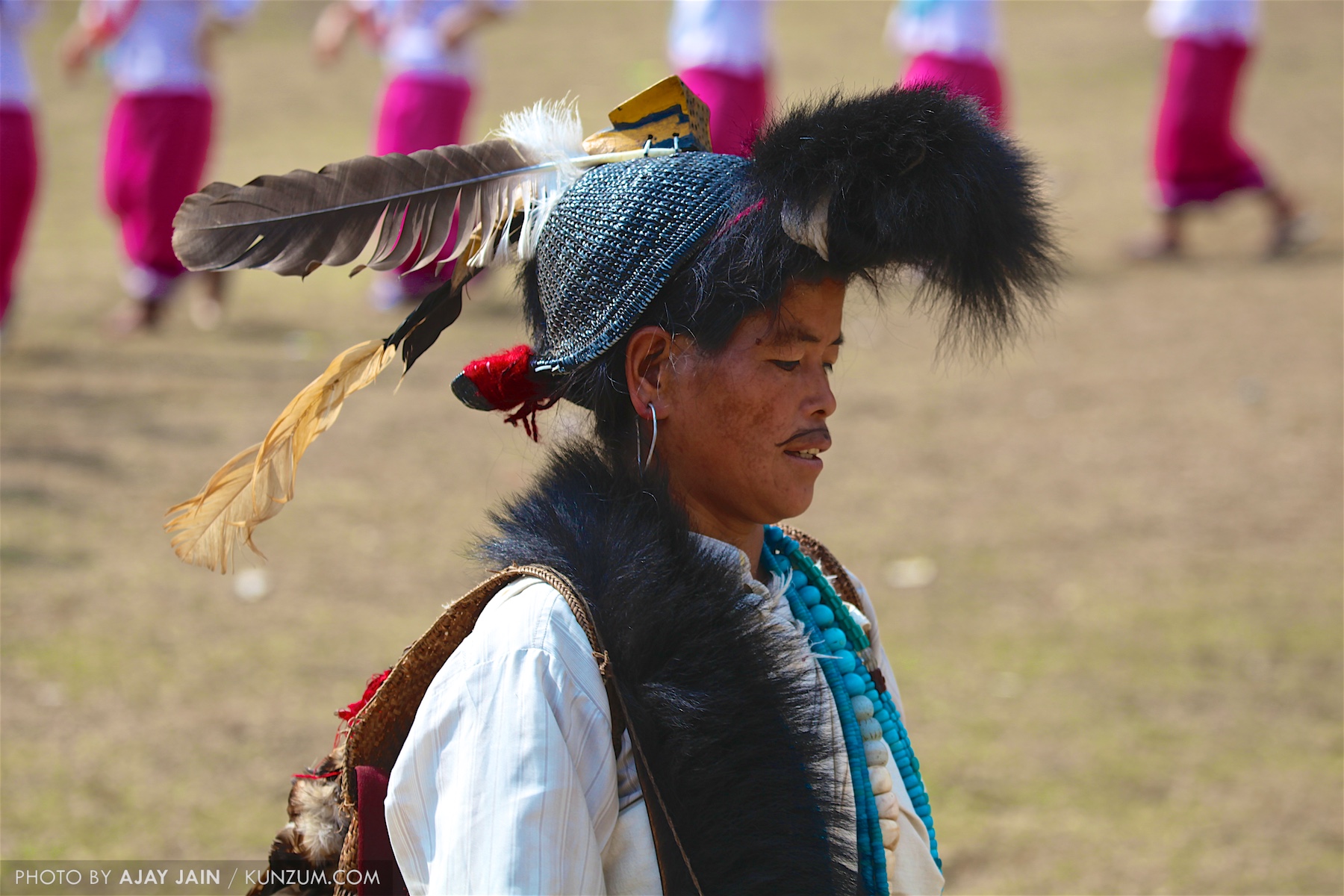
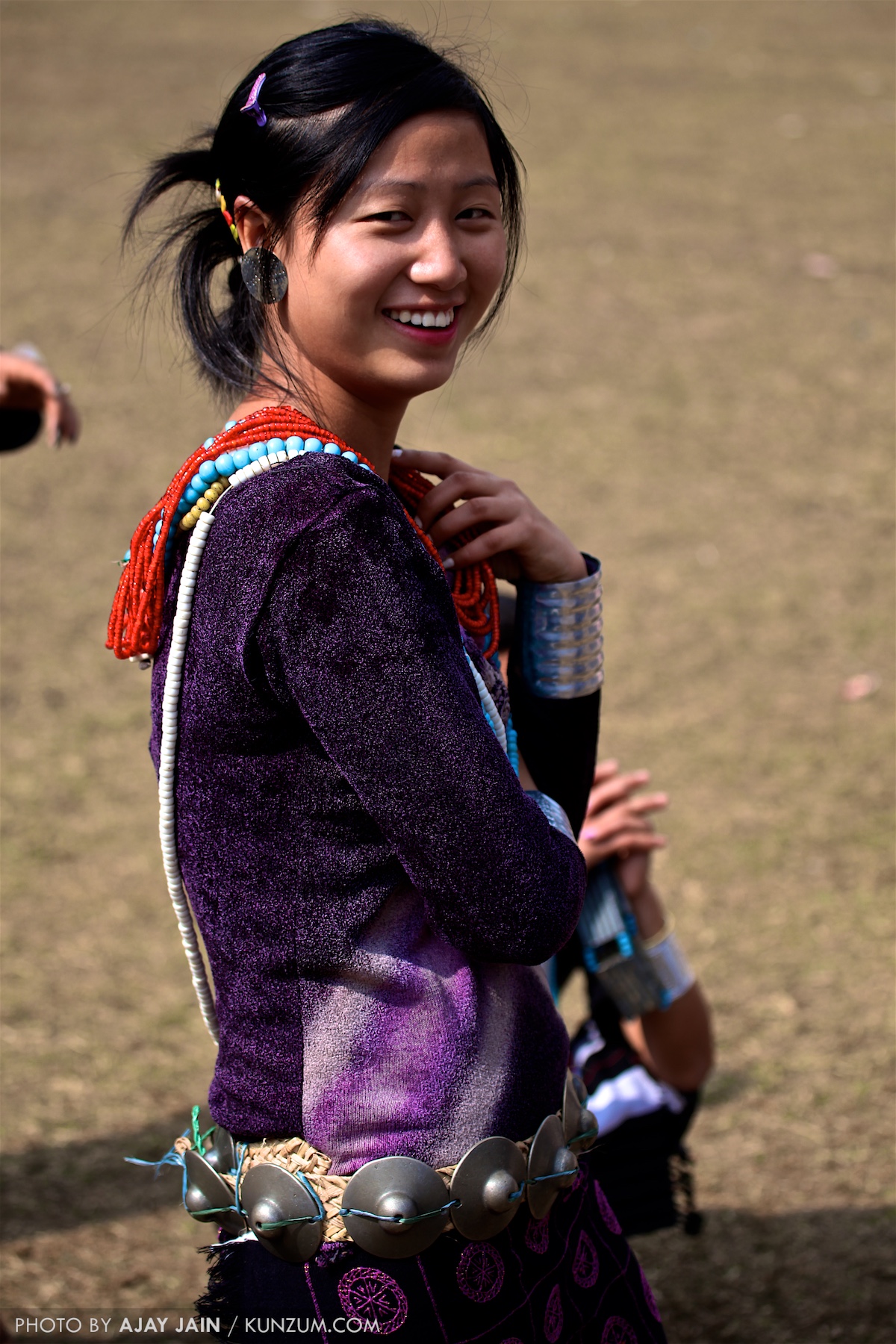
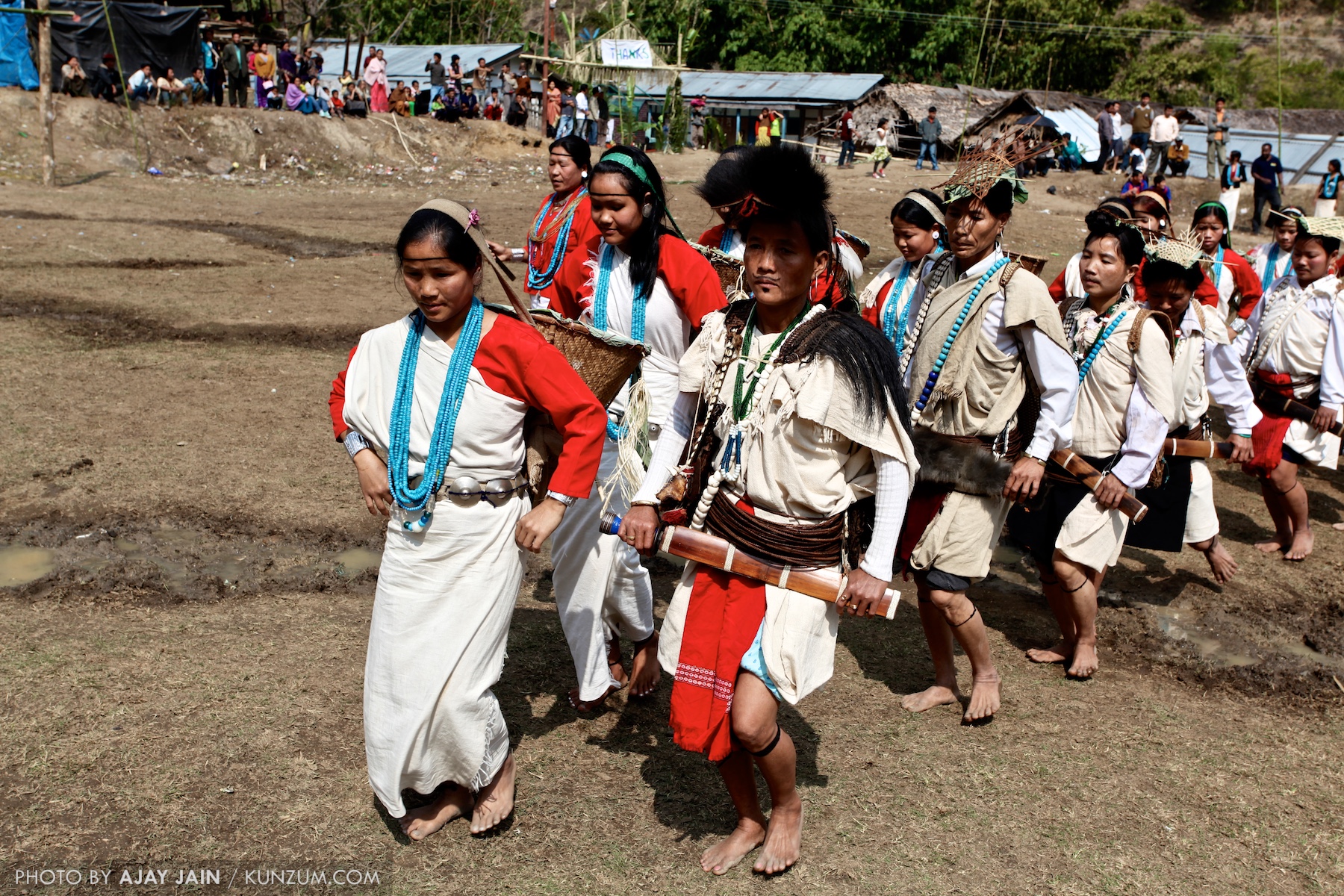
DAPORIJO
Next stop was Daporijo – a community set amidst beautiful forests, hills and rivers. As I approached Ligu, a tourist village I had booked a homestay in, I had to watch out for cars coming from the opposite direction; they were full of happy people driving a bit recklessly. I learnt they were all members of a marriage party – from the groom’s side – and going to the nearby village called Don to get the bride already in a state of high.
Ligu was set up and funded with Government support to promote ethnic and rural tourism. It was quite a pleasant village to walk around in. There was the usual livestock roaming freely; a mommy pig got upset and would have knocked me over but but for a strong chain when I got too close trying to shoot her family comprising new-borns. We were recommended to go the Menga caves located a few miles off the highway when going to Aalo, my next destination. It was supposedly promoted as a labyrinth of caves with a Shiva temple too. When I reached there, it was no more than a single cave – more like a cavity on the rock face – and nothing beyond that. The Shiva temple here was badly designed with white tiles – whoever came up with this idea?

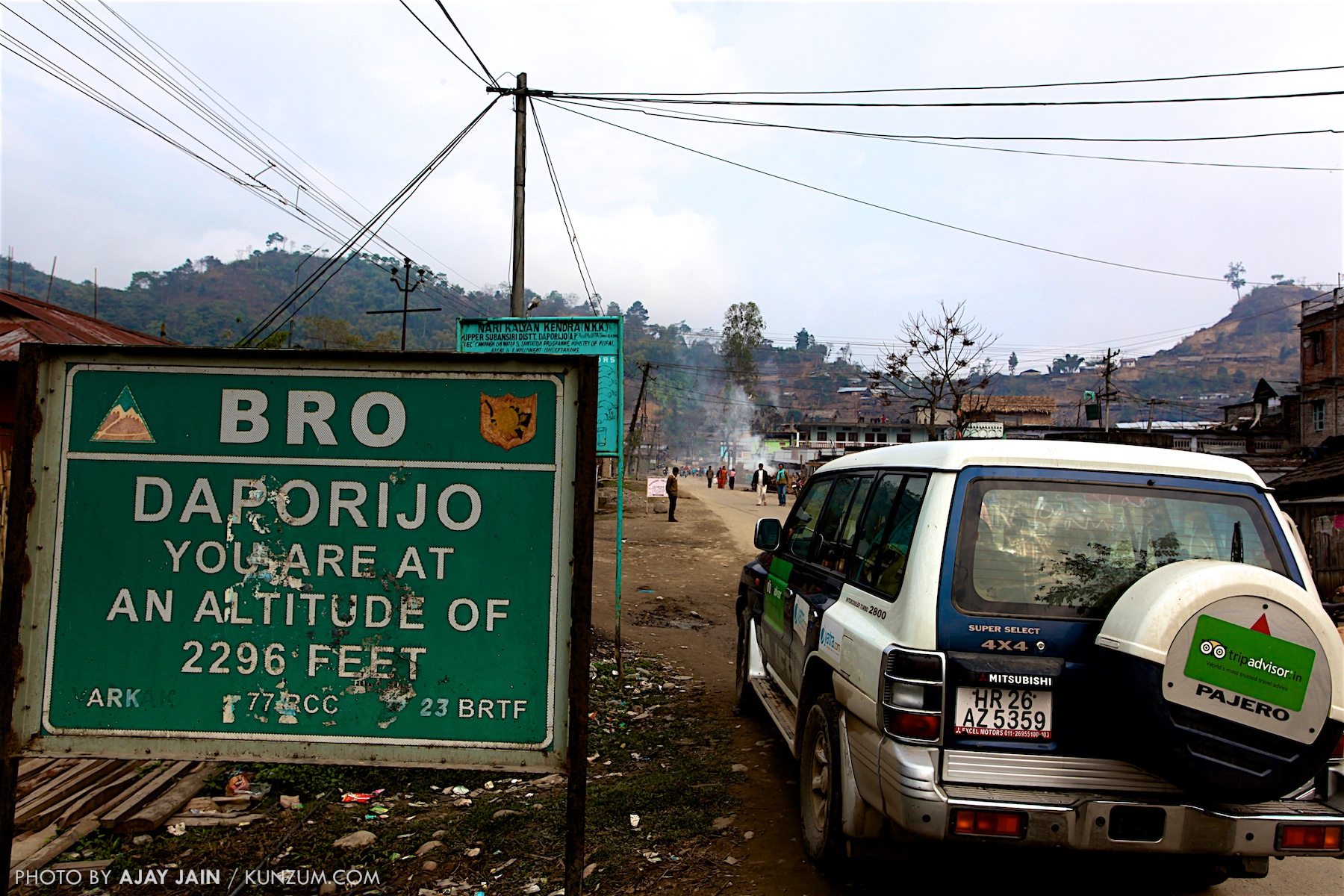
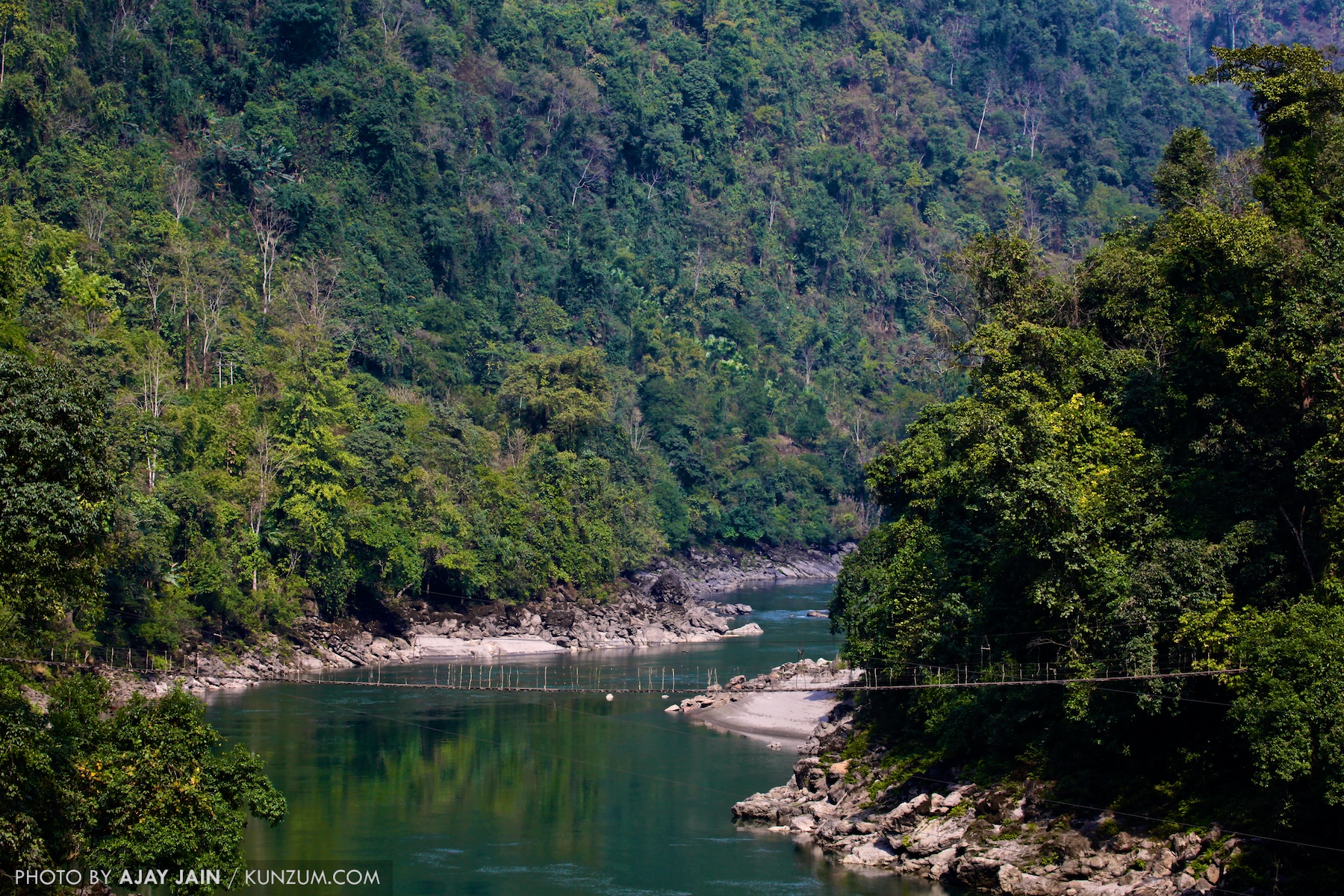
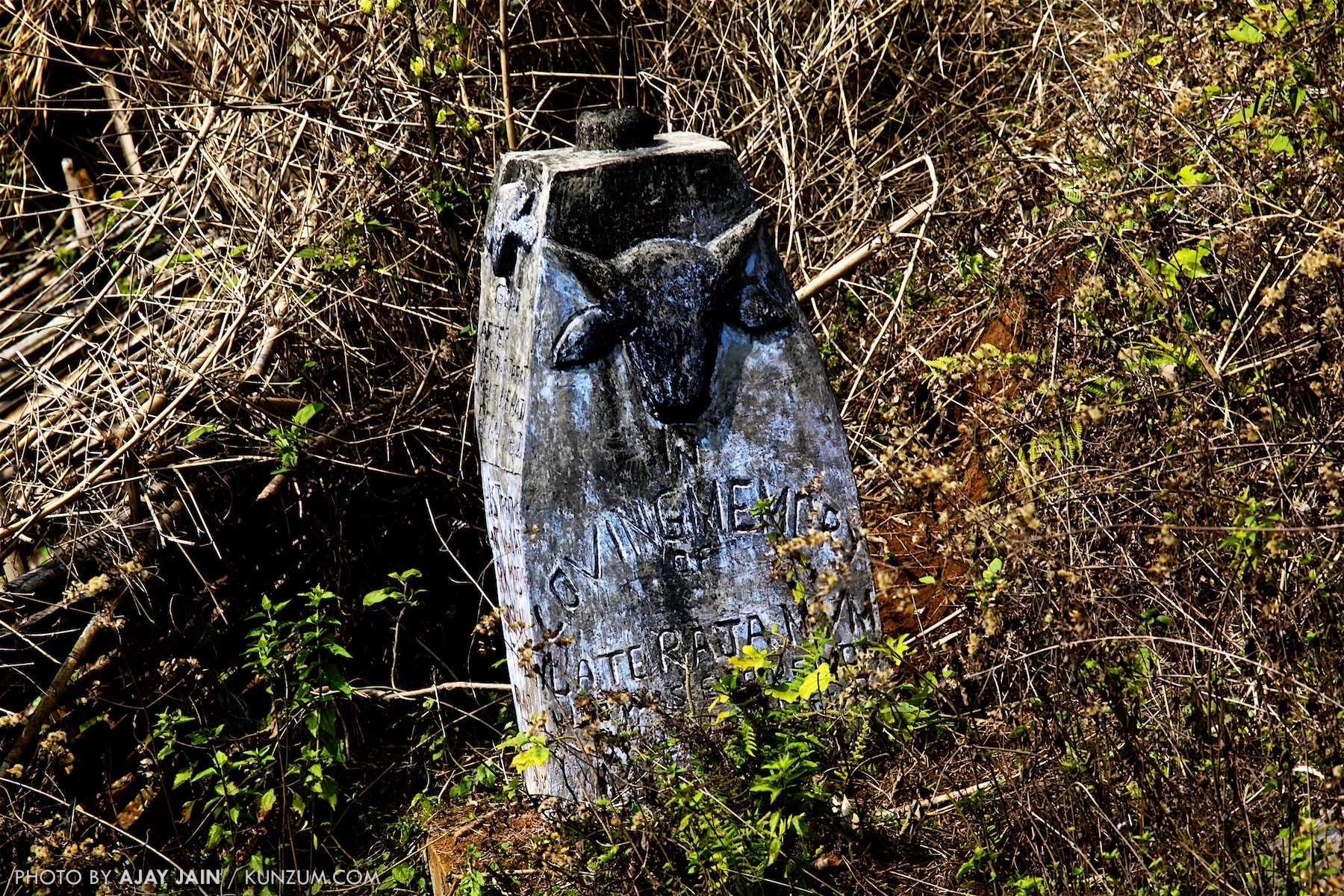
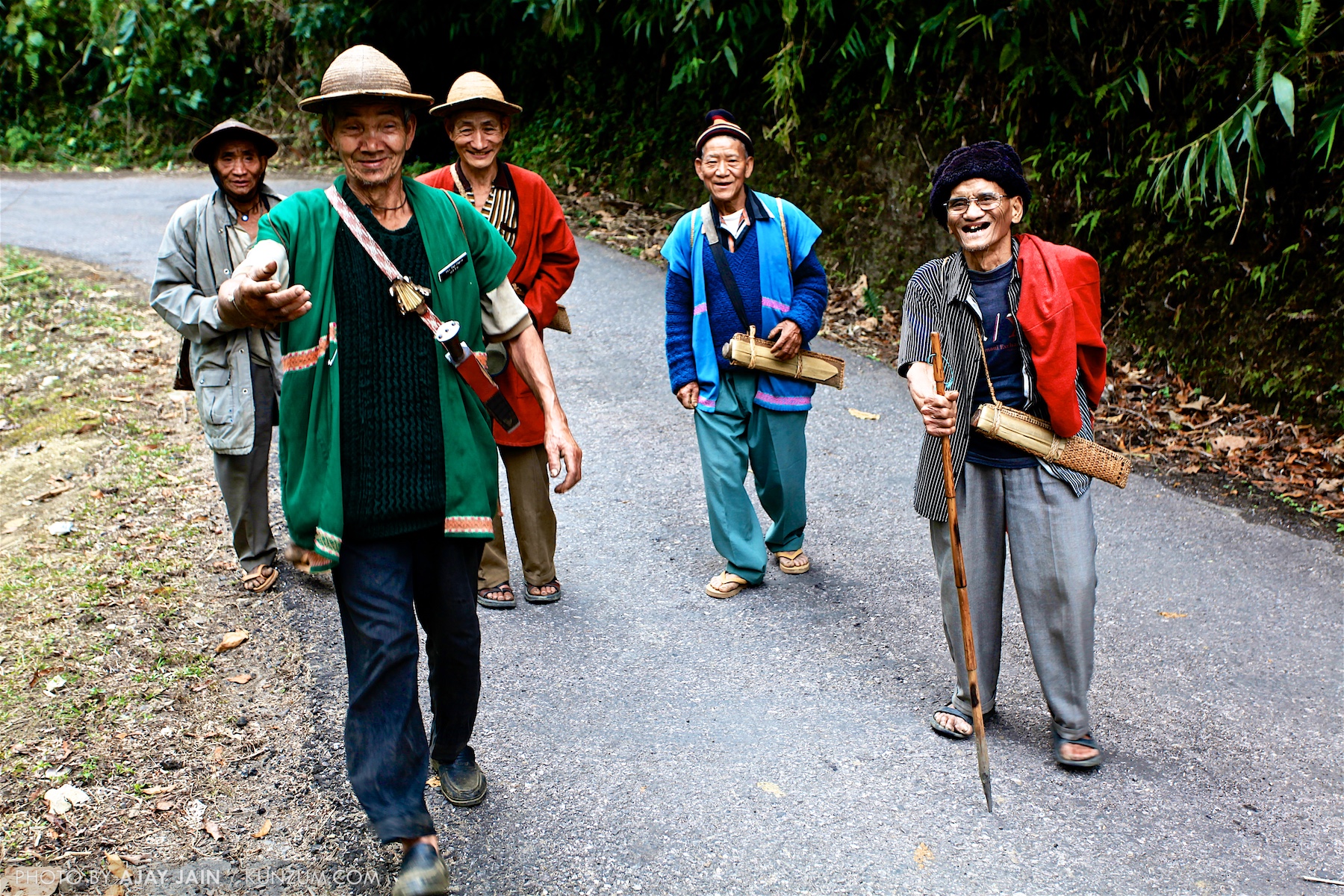
AALO – PASIGHAT – HAYULIANG
And then started what would rate as a driving experience not to be missed all the way to Kibithu and back, even if it gave a few lumps in the throat. The route would take me to Aalo (formerly Along), Pasighat and Hayuliang before a tricky ascent to Kibithu.
The landscape got even more mountainous then before, with fields, woods, huts, rivers and streams dotting hills around me. Shortly after Aalo in Pangin, I came across a foot suspension bridge strung high above the roaring Siang river below. It is no mean task to cross it – the bamboo floor was cracked, broken, worn-out and had big gaps giving a peek of the waters far below. I tried crossing it gingerly, one careful step at a time – the strong winds causing the bridge to swing like a pendulum did not help the cause of my delicate balancing act with my heavy cameras. I could ill-afford a twisted ankle. Of course, I was a sight for locals as much as they were for me; the former were crossing it like a walk in the park despite wearing flip-flops. And most were bent over with the weight of infants or baskets carrying (the sweetest possible) oranges from fields on the other side.
The adventure picked up pace after Pasighat. Rains has washed away a bridge, and I was diverted to drive through forests, fields and dry rocky river beds. And over a bamboo bridge to cross a stream – it was a leap of faith, not sure if it would take the weight of my SUV. I lost my way too before a boy out hunting guided me back to the highway. Incidentally, there are ‘Hunting Not Allowed’ signs all over but that does not deter locals from using slingshots and pellet guns to bring colourful birds home for dinner.
And then came the Debang river, with a raft waiting to take vehicles across. An enterprising family had even set up a kiosk selling aloo puri – a welcome treat. Amazingly the raft, rowed by four, took my SUV and a tractor with a trailer all at one go. And everyone was patient: When I ate, everyone including the tractor driver agreed to wait and even catch a wink. Life moves at such an easy pace there.
I reached Hayuliang at night – and had to run around a bit to get a room in a Government guest house usually reserved for officials. By then, a light rain had started. Pleasant as it was, I did not realise it would cause a bit of mayhem in the coming days.
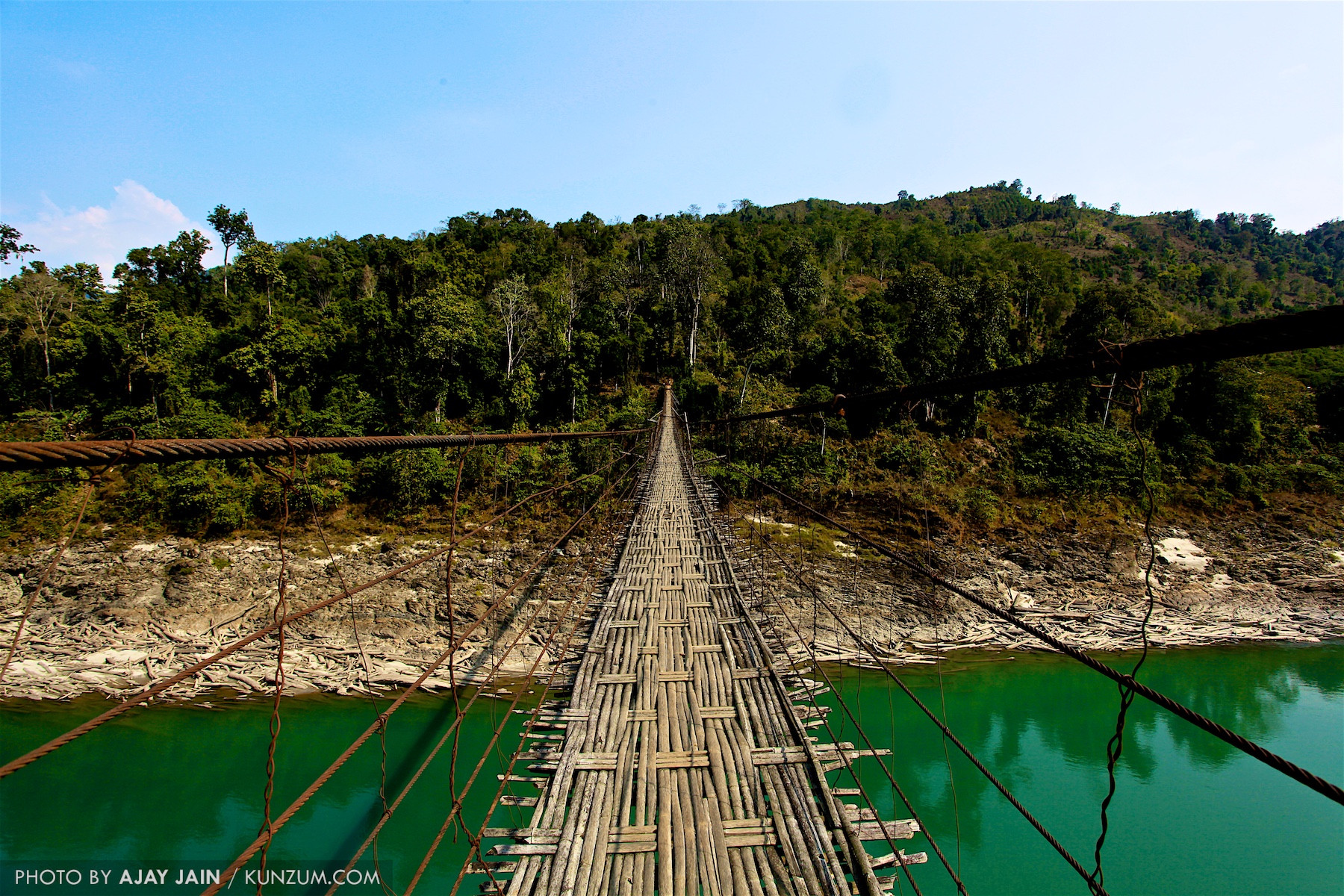
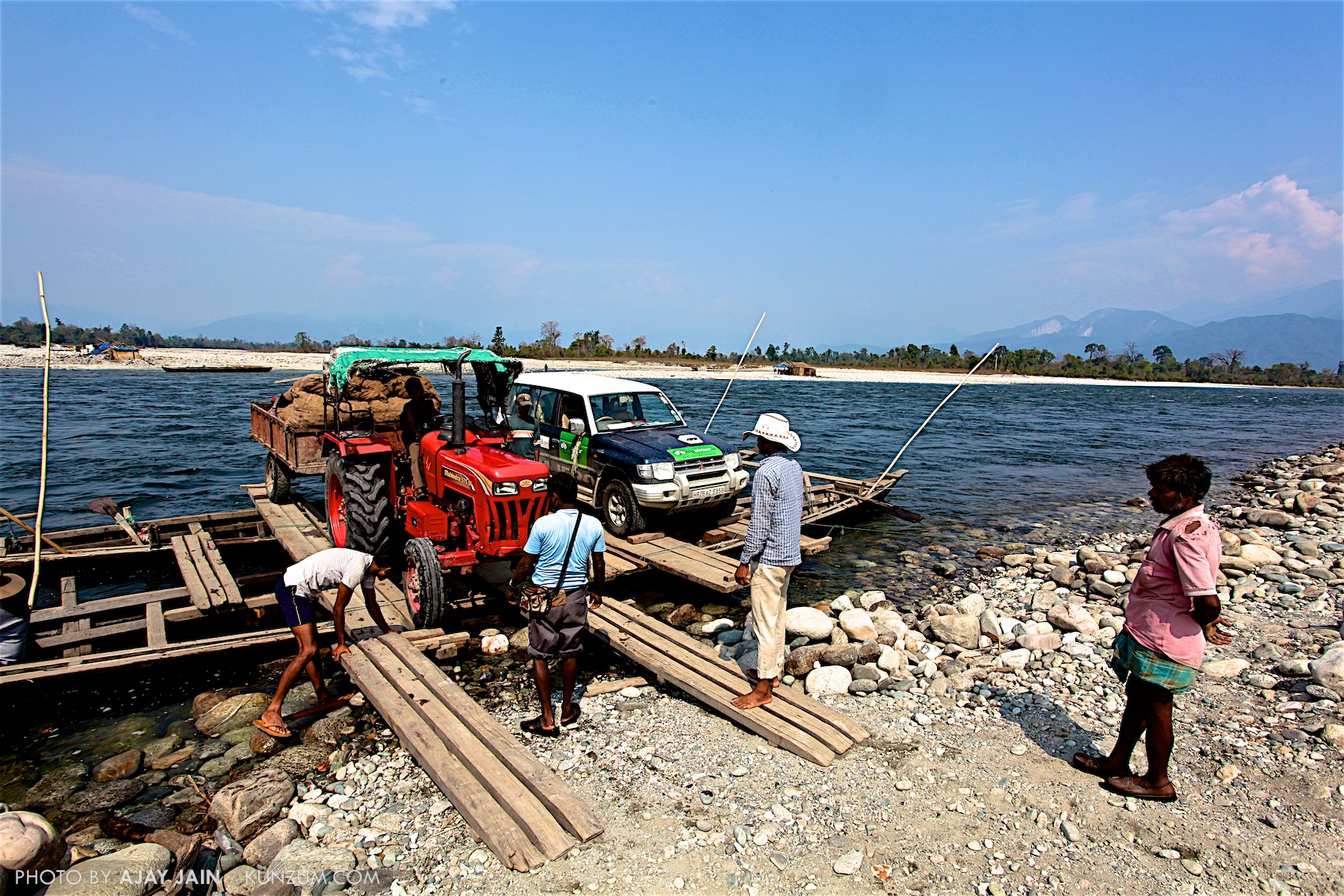
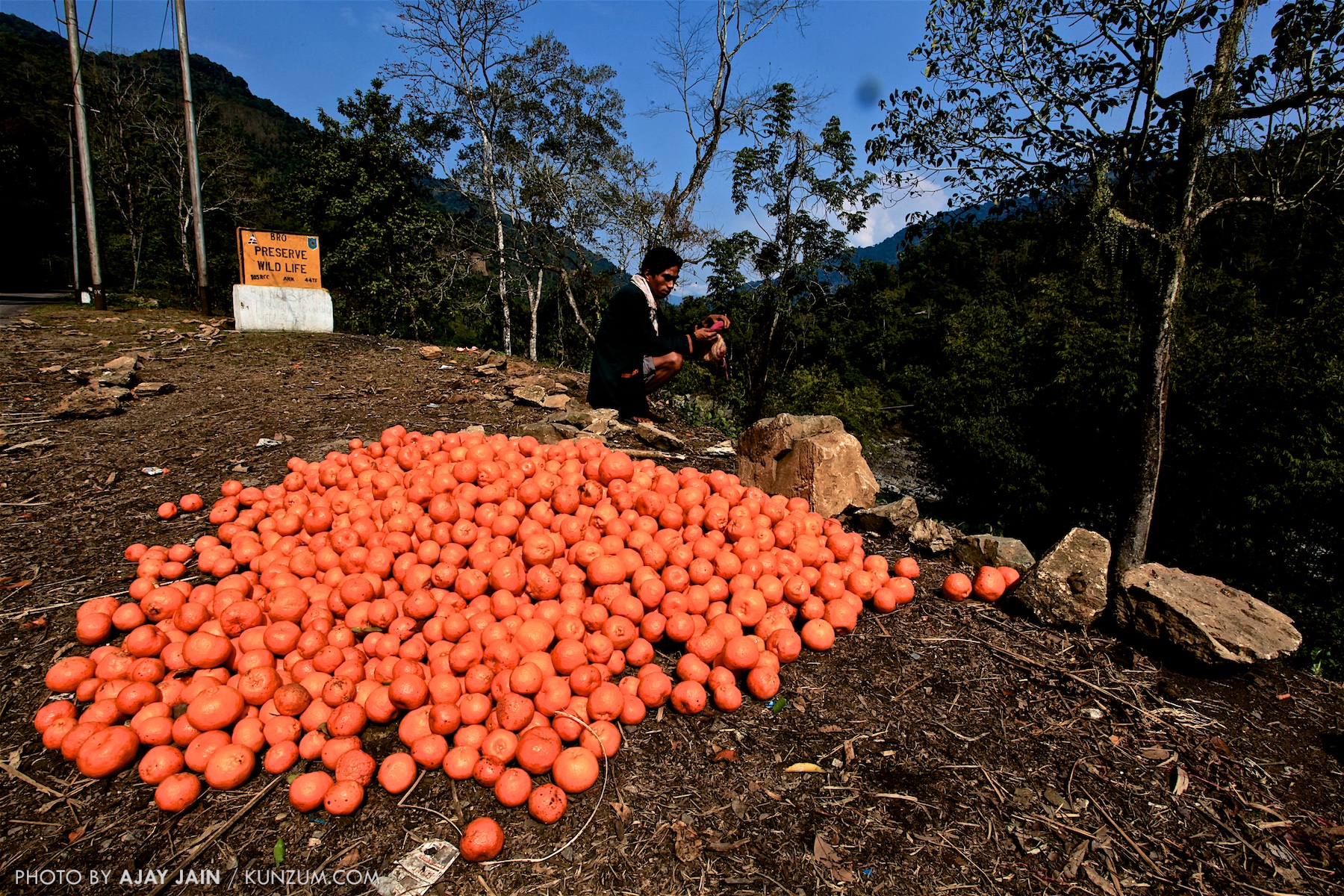
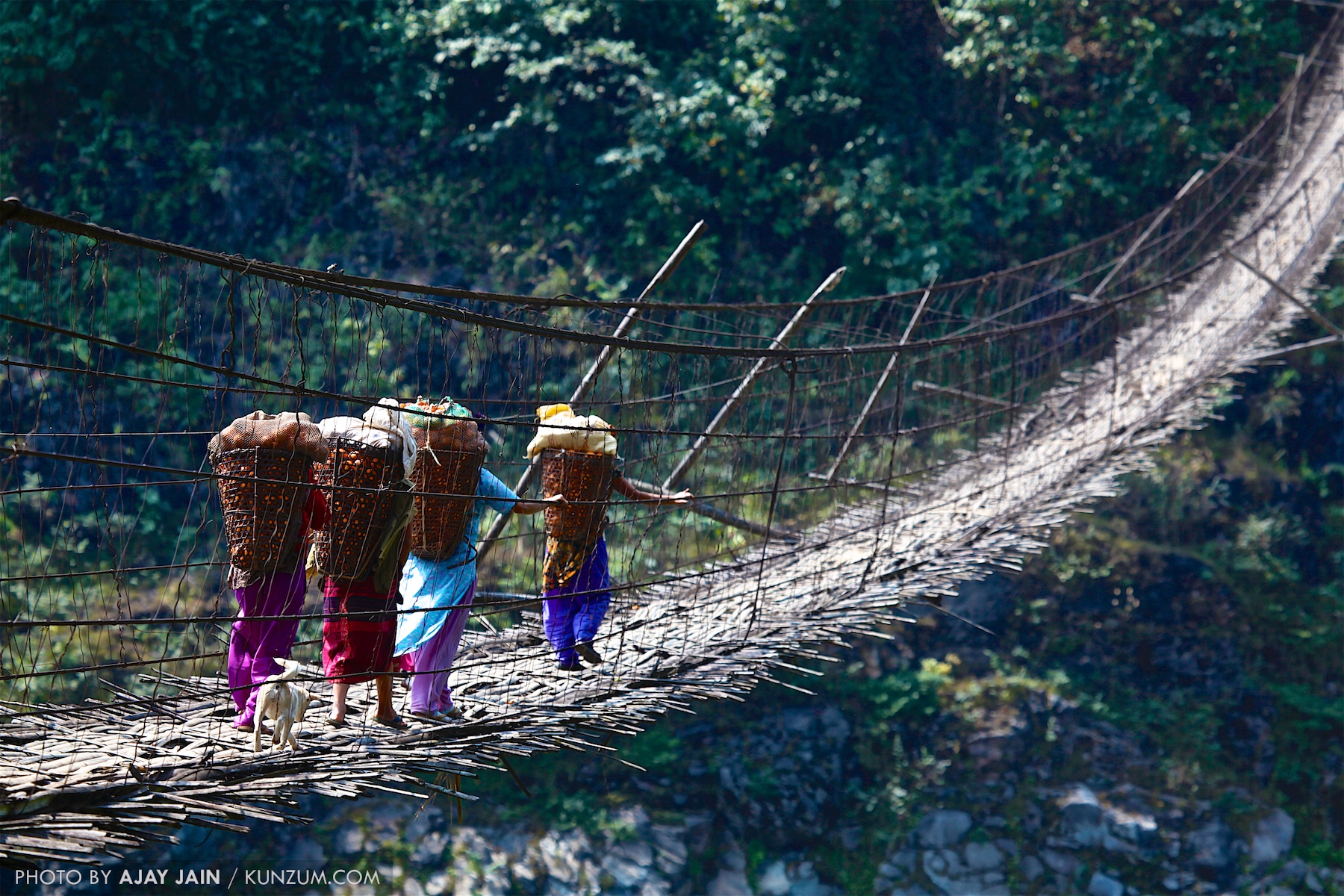
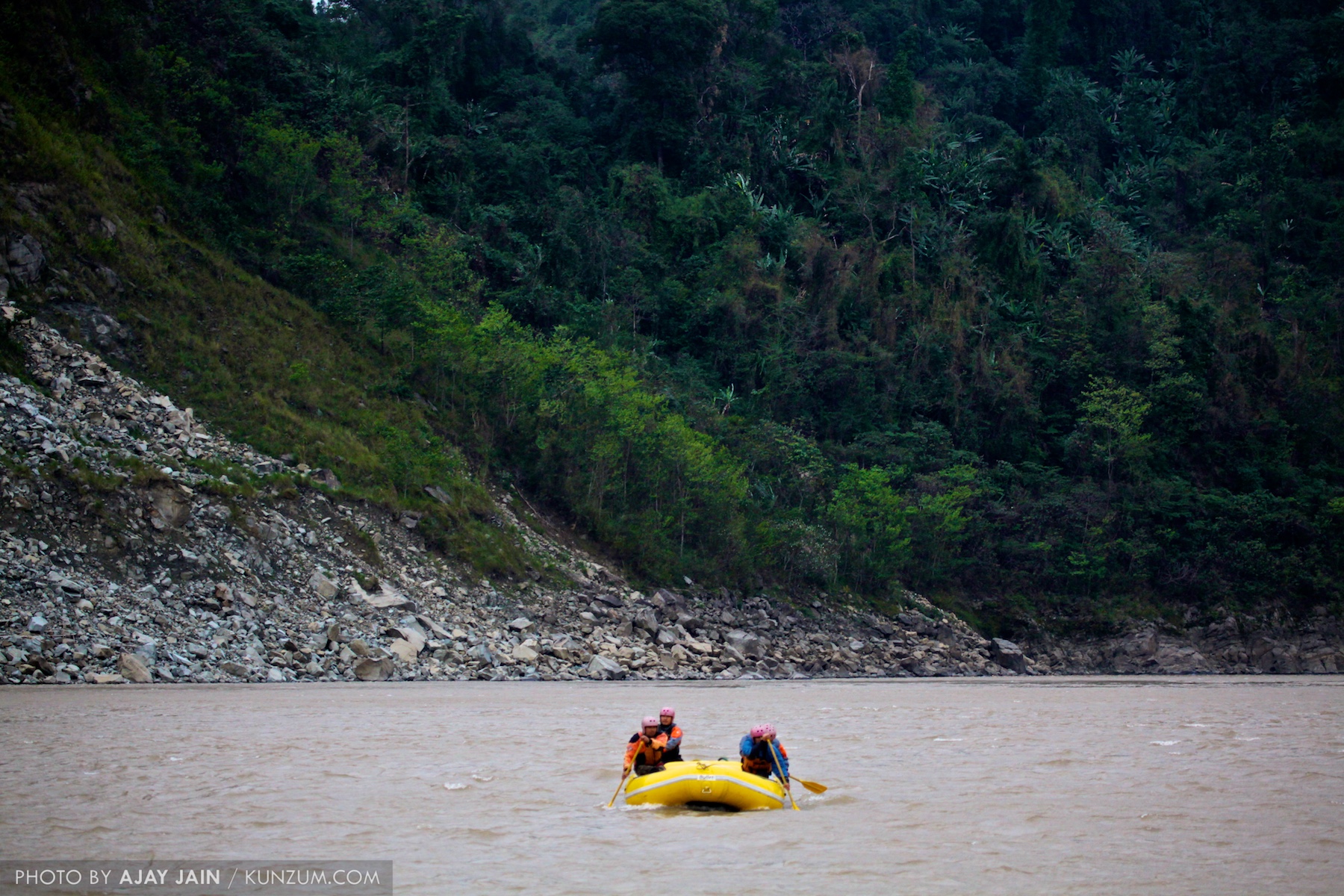
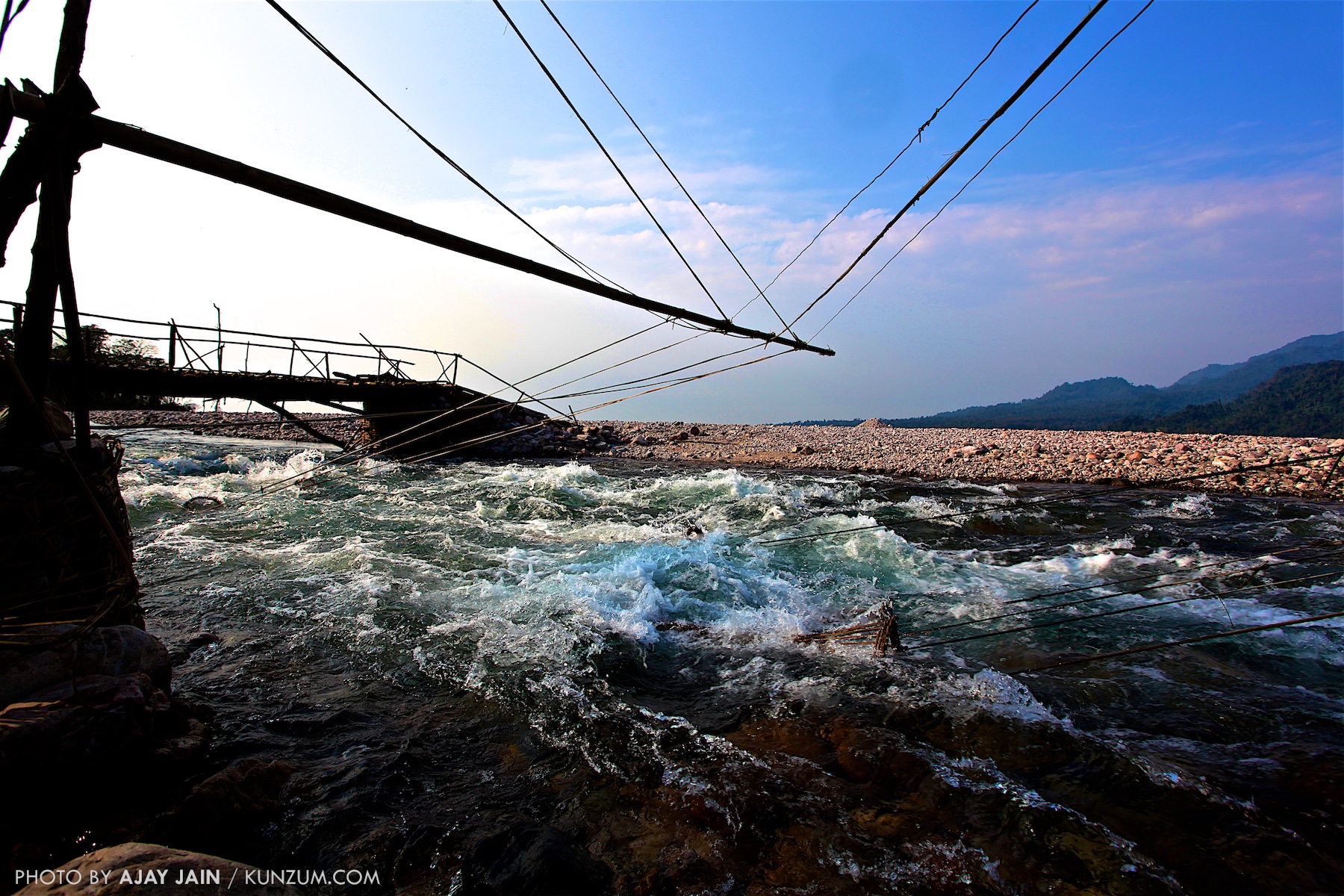
KIBITHU: U-TURN AT THE CHINESE BORDER
I took a steep, winding road to Kibithu, with bloated clouds camouflaging the landscape and showering us with their bounty much of the way. The precipitation and the play of light gave the mountains, the trees and the village huts a unique hue and glow. The rain was no deterrent to locals who went about their business covered in raincoats – mostly plastic sheets with holes for arms – or under leaky umbrellas.
We reached Kibithu but there were no guest houses there – we had been misinformed. Fortunately, the army allowed me use of one their rooms for the night – more of a tin shed with a leaky roof. But they did serve me a delicious, hot home-cooked dinner. On a clear day, I could have spotted Chinese villages across the border. This was also the belt where some of fiercest battles were fought when China attacked India in 1962. If you comb the forests in the region, you might find remains of equipment and gear – or so I was told.
The return leg was when things became nerve-wracking. The rain intensified, causing rockfalls and landslides. Driving became a matter of dodging falling rocks and stones – even the tiniest could have smashed the windscreen. I was forced to break journey for the night in freezing Walong when a landslide halted progress for the day. The following day was no better but we kept moving with other vehicles. And hoping that the Border Roads Organisation (BRO), a division of the Indian Army responsible for maintaining mountain roads along international borders, kept clearing the path. The real bummer would have been if we had got trapped between two landslides – spending the night in the car in those high altitude, cold, wet conditions was not my idea of adventure. It was dusk by the time I made it to Hayuliang – the guest house there seemed more welcoming than the Four Seasons.
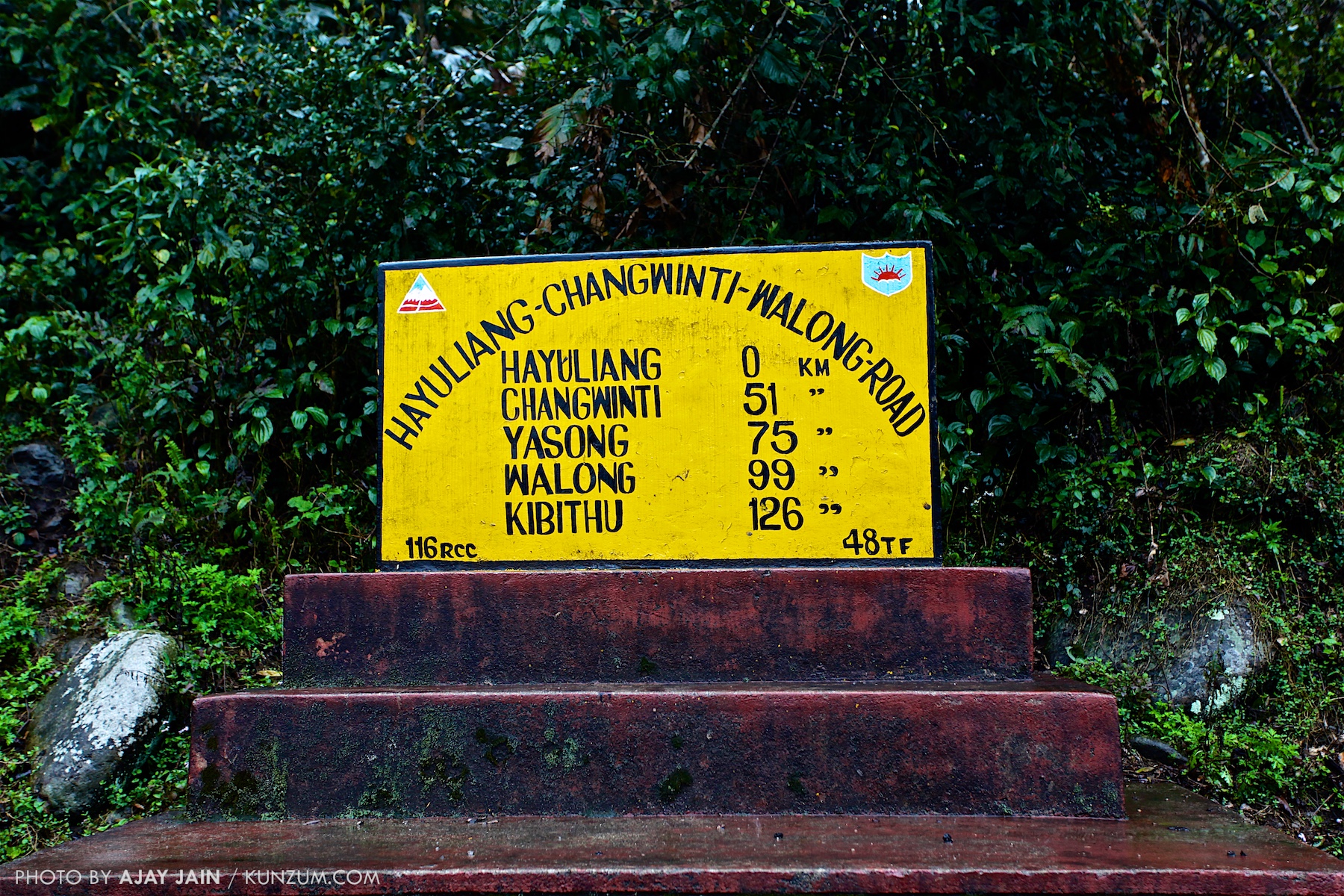
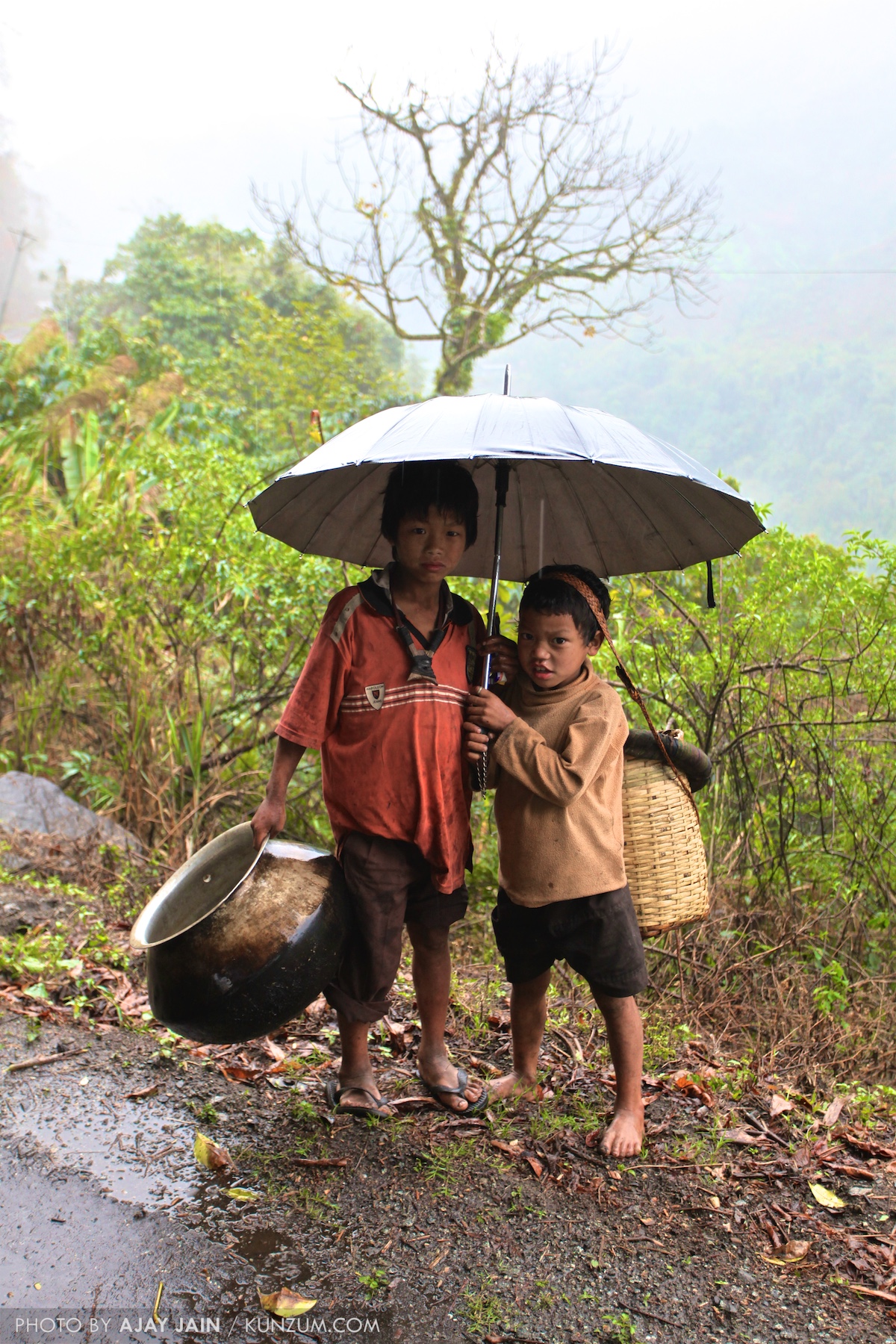

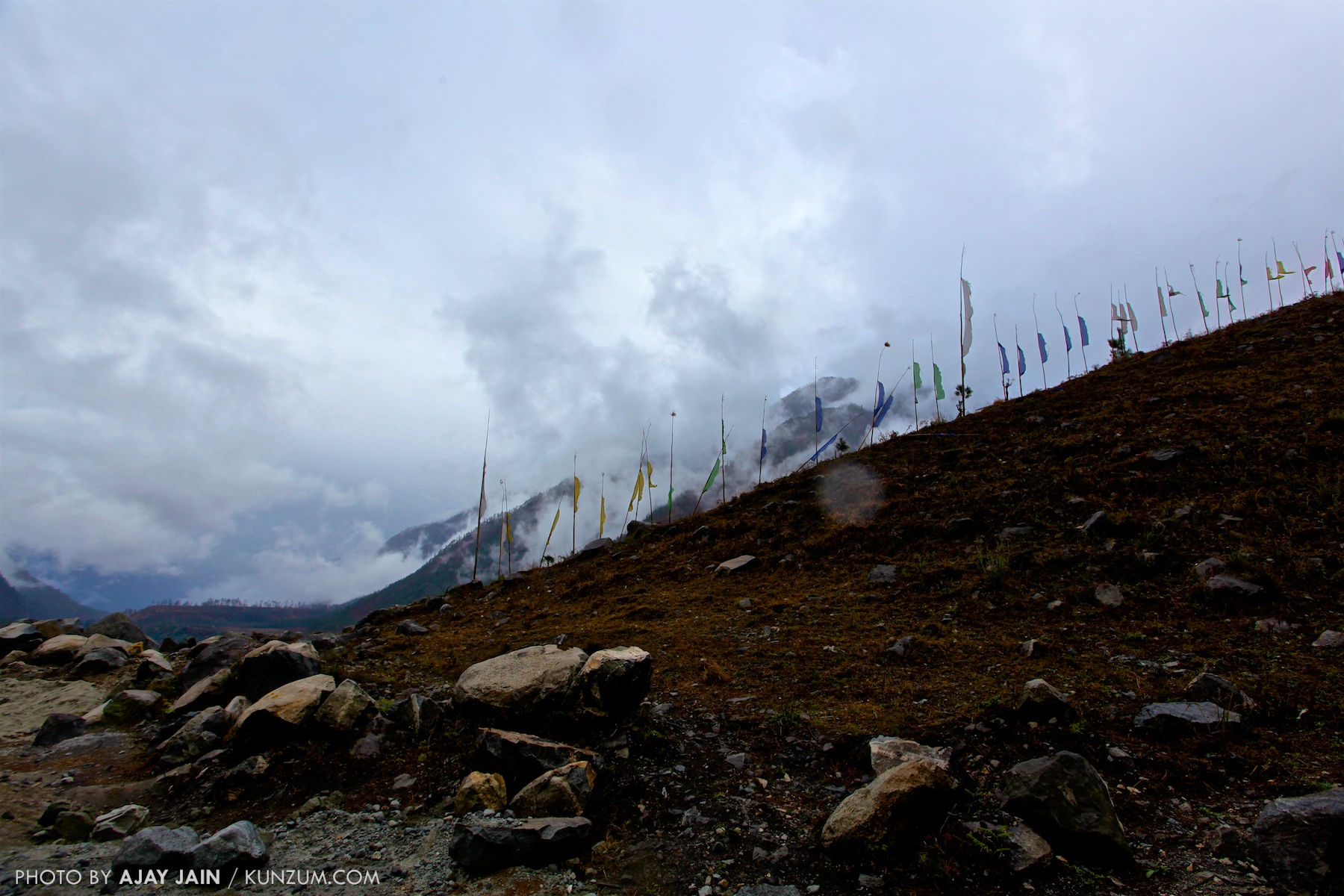
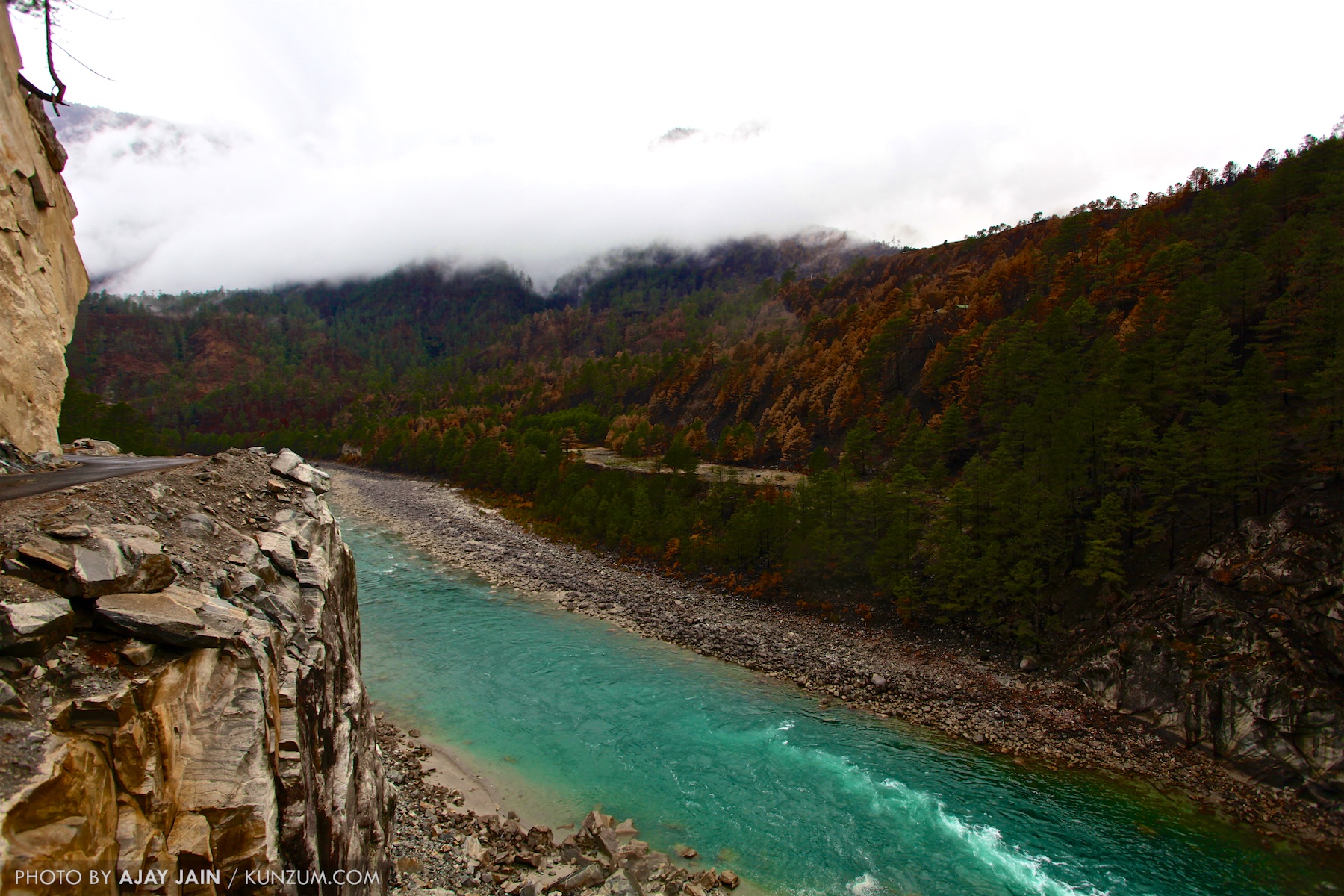
TEA ESTATES, A GOLDEN MONASTERY, AND MORE TRIBES
And then came the lull after the storm. The last leg of the journey toward Tinsukia and Dibrugarh took me through tea estates, villages where I met the Mishmis in Wakro and the Khamptis in Empong village, and a visit to the Golden Pagoda in Tengapani – a beautiful Buddhist monastery on a hill. I crossed the mighty Lohit river to get to Assam for its wildlife. That is another great journey I will talk about on another occasion.
Till then I will wait for the day when I can return to Arunachal – so many journeys are still waiting there.

